Although number and variety of shorebirds here is low compared to the other sites mentioned, upstream from the bridge there were Little Egret, Dunlin, Common Sandpiper, Sanderling, Redshank and Greenshank. Where the Rio Salado soaks into the sands on the other side of the bridge there were many more Sanderlings plus dozens of Ringed and a sprinkling of Kentish Plovers. Whilst I was there a dog walker came along and his off lead dog zig-zagged across this area disturbing all the birds (see photo). Unfortunately, disturbance seems to be a regular feature here (although most people without a canine companion avoided the pools formed at the river mouth). As can be seen from the photo looking towards Torre Castilnovo (which hosts a small colony of Bald Ibis), there's also a pool set back from and running parallel with the coast. I've had a variety of gulls and terns here in the past but on this visit two off-lead dogs got there first. From the promenade by the car park you can get good views over the undisturbed saltmarshes which can hold dozens of Stone-curlews during migration periods although it took a lot of scope-work on my visit to winkle out a couple of distant birds. In short this site isn't so much a birding destination as a pleasant detour if you're passing or staying nearby.
|
With the Marismas de Cetina and Barbate marshes within 50 minutes of Alcala de los Gazules, it's understandable that I have rather neglected visiting mouth of the Rio Salado (a) at Conil (which takes about the same time to reach). However, it's a different matter when I'm visiting friends Richard & Michelle Page-Jones who have a house c15 minutes away from the site. Although number and variety of shorebirds here is low compared to the other sites mentioned, upstream from the bridge there were Little Egret, Dunlin, Common Sandpiper, Sanderling, Redshank and Greenshank. Where the Rio Salado soaks into the sands on the other side of the bridge there were many more Sanderlings plus dozens of Ringed and a sprinkling of Kentish Plovers. Whilst I was there a dog walker came along and his off lead dog zig-zagged across this area disturbing all the birds (see photo). Unfortunately, disturbance seems to be a regular feature here (although most people without a canine companion avoided the pools formed at the river mouth). As can be seen from the photo looking towards Torre Castilnovo (which hosts a small colony of Bald Ibis), there's also a pool set back from and running parallel with the coast. I've had a variety of gulls and terns here in the past but on this visit two off-lead dogs got there first. From the promenade by the car park you can get good views over the undisturbed saltmarshes which can hold dozens of Stone-curlews during migration periods although it took a lot of scope-work on my visit to winkle out a couple of distant birds. In short this site isn't so much a birding destination as a pleasant detour if you're passing or staying nearby. However, the main interest on this jaunt was to visit an area where Richard & Michelle had previously seen Little Bustard. I've long known that this area still holds a few Little Bustards but as there's a good site for them far closer to Alcala, I've never made any serious effort to find them. Another complication is that most of the roads crossing this area are busy with traffic with few, if any, places to stop and scan. However, Richard told me of a good 4 km gravel track (b) that transects the area affording leisurely stops and scans. Unlike the busy main and minor roads in the area, this track allows you to stop and scan for birds particularly larks, Collared Pratincole, Montagu’s Harrier and, of course, Little Bustard. Better still it crosses a shallow bowl making it easier to pick up birds on the surrounding gentle slopes. The start of this track off the CA 2144 is easy to find as it's opposite the Venta Piñero (GPS 36.2439, -6.0625). Alternatively it is similarly easy to join from the N 340 as the bridge that takes the track over the E5 (c350m south of the Galp petrol station) equally obvious (GPS 36.2506, -6.0222). If you're unlucky here then it's probably worth trying the track (c) further north that passes the Sancha Pérez Bodega en route to Junction 30 on the E5 (see map) which certainly has the first two species. A more problematic alternative is the track (d) off Junction 26. This area 2-3 km from the junction had Little Bustards a decade or more ago (and remains good for Black-winged Kite, Montagu's Harrier, larks, etc) but the track is now overgrown and very badly degraded in parts. I drove along it last year but would avoid doing so again. The section near Conil was in such a dreadful condition that I would have turned back, had there been anywhere to turn around!
1 Comment
Although this report focuses on the Coto Doñana on the other side of the Rio Guadalquivir, the message applies equally well to Cadiz Province. In Irby's seminal 1875 book on the area, "The Ornithology of the Straits of Gibraltar", the 'phylosc' warblers with an odd song that inhabited the Alcornocales were regarded as a race of Willow Warbler with an unusual local dialect. This was a forgivable error in an era without recordings of bird vocalisations and in the context of the species' flourish at the end of its song. It wasn't until Hubert Lynes published a paper on them in 1914 that it was realised that the birds were a form of (Common) Chiffchaff (for more details see here). Lynes observed of the song that “... if it was a poor Willow-Warbler's song, it was an impossible Chiffchaff's”. Unfortunately, nobody took much notice of this form, native to Europe, which was scarcely covered, if at all, in European field guides. Ironically, Siberian Chiffchaff, a non-breeding vagrant to Europe enjoyed much fuller treatment. The excellent "MacMillan Guide to Bird Identification" (1989) hardly mentions it saying only that "Chiffchaffs of the Iberian race give an intermediate song" (i.e. between Chiffchaff & Willow Warbler) which was neither helpful nor entirely accurate. The first edition of the "Collins Guide" was hardly much of an improvement adding only details of the call and an unconvincing description of the song. It wasn't until it began being treated as a distinct species in the early 2000s that Iberian Chiffchaff garnered any attention. . As far as I'm aware, the first attempt to illustrate how the plumage of Iberian birds differed from the nominate race was by Peter Hayman in "The Complete Guide to the Birdlife of Britain & Europe" (2000 & reproduced in the pocket version in 2002). These underrated books depicted two images of this species - one bright & one dull. To my eye the brighter bird looks too much like a Wood Warbler (too green & too yellow) but the duller example is very close to the birds I see in southern Spain. Surprisingly, however, the diagnostic vocalisations were not described. Happily, the second and subsequent editions of the Collins Guide illustrate Iberian Chiffchaff and describe the vocalisations very well. It is also well treated in the WildGuides' "Europe's Birds". For a resume of the main difference see below. Although the song is usually diagnostic, 'mixed singers' (birds that mix the songs of both taxa) sometimes occur although a 'proper' Iberian Chiffchaff is far more likely in this area. For recordings of the song and call on Xeno-canto - see here. Despite scattered breeding records across Spain, it is largely confined as a breeding species to three main areas: north-west Spain (including northern Portugal and some leakage into France), the southern Atlantic coast of Portugal and the mountains of western Andalucia (mainly the Alcornocales and Grazalema). Broadly, this mirrors areas with higher rainfall. Lynes notes that "... singing males of this species shared the cork-oak glades in about equal proportion as Bonelli's". Personally, however, I think that, whilst both are to be found in Cork Oak woodlands, Bonelli's Warbler is the more common of the two in such habitat. In my experience, Iberian Chiffchaff is more frequent in woodlands dominated by Algerian Oak (which resembles the familiar oak trees of the UK) which also has Bonelli's Warbler. Iberian Chiffchaffs seem to particularly like canutos* where there's a mix of Algerian Oak, Alder, elm and ash trees. This latter habitat perhaps reflects the species' wider distribution in wetter parts of Iberia. * Canutos are incised valleys within valley which enjoy a moist sub-climate. Iberian Chiffchaffs are a species that most birders want to find in the area even if their primary focus is witnessing raptor passage or seeing wetland birds. They can be found quite widely in the Alcornocales where I've found them in Sierra de Montecoche, Valdeinfierno, Arroyo de la Miel, El Pelayo, El Bujeo, etc. However, several of these sites involve a short/medium walk so for birders in a hurry I suggest two sites where they can be found a few paces from the car and both no more than a few minutes off the A 381. These sites also have other attractions which make the stop worthwhile. Site I - El Torero This site is best accessed from Exit 54 whether arriving from the north or south. It's worth pausing after leaving the A381 as the area around the junction also has a good track record for turning up White-rumped Swift. When the reservoir levels are high this is also a good spot for Osprey (although the continuing drought means the shoreline of the reservoir is a kilometre of more away). Heading south along the service road after 3.5 km you reach the turning for El Torero on the right. This section of the old Jerez-Algeciras is shrouded by trees almost forming a tunnel. Iberian Chiffchaff can be seen and heard anywhere along the road but particularly c100-200m from the service road. Passing the track to El Torero on the left after c1 km you reach a bridge over a small stream (the track continues but is fenced off here). Bee-eaters sometimes breed in the river bank and you have an unobstructed view of the sky to look for raptors. This makes an ideal great place for a lunch break. Site II - Ojen Valley The Ojen valley was once a key site for visiting birders but is now infrequently visited since the track through it was closed to motor vehicles. However, it's still worth a quick stop to look for Iberian Chiffchaff at the start of the route. From Exit 77 on the A 381 it's only c550m to the turning on to the Ojen Valley track. Park at the start of the track and follow the Corredor Verde dos Bahias downhill to the left. After c80m stepping stones take you over the Rio Palmones (here reduced to a small stream). Stop here and listen for Iberian Chiffchaff's distinctive song. This is also a site for Monarch butterfly. For a better view across the area you can take the Corredor Verde dos Bahias uphill. Should you feel so inclined, you can also venture into the Ojen valley on foot. After c3.5 km a footpath on the left takes you on a 3 km circular route through woodland to an ancient necropolis (Santuario de Bacinete), making a 10 km round trip. I can't resist finishing by noting the charming Spanish word for all small leaf warblers is Mosquitero. Google Translate tells me that the word means mosquito-net but in this context mosquito-catcher is more apt. Hence, the subject of this blog has the delightful Spanish name Mosquitero Ibérico.
Área Recreativa Los Tornos is at the western end of the Ojen Valley near Facinas. Unless your visit coincides with a major festival day or a weekend (when it can be packed), it's a tranquil sort of place. It's shady yet lightly enough wooded to allow you to watch passing raptors. 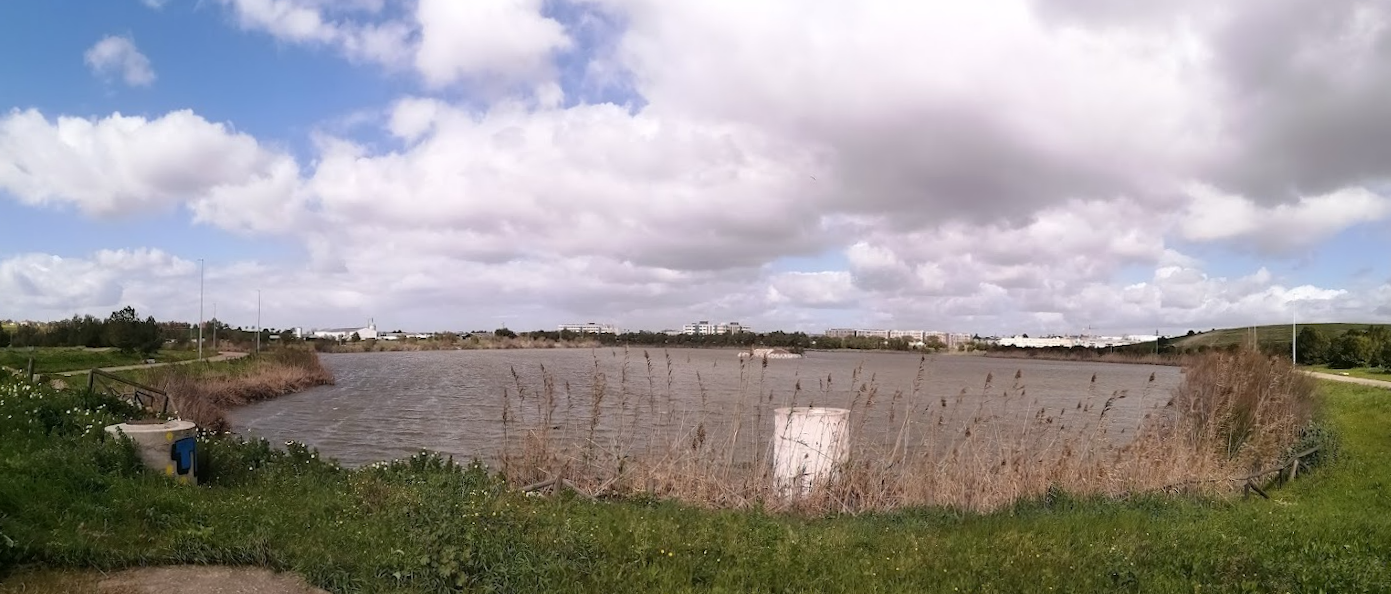 When the small bar is open it also makes a good refreshment stop for thirsty/hungry birders. Most of the Área Recreativa is dotted by mature cork oaks which attract migrants like Spotted and Pied Flycatchers, Redstarts and an assortment of warblers. The openness of the habitat also makes it easier to spot not only feeding passerines but also passing raptors which, given its location, can pass over in droves. The Rio Almodóvar forms the northern and eastern edge of the Área Recreativa and the Arroyo de Cuna it's western limits. By summer the Rio Almodóvar is more a string of disconnected puddles than a river but nonetheless it supports a ribbon of riverine woodland. Look here for Cetti's Warbler and Iberian Chiffchaff. It may also be worth checking here for Scops Owl, a very scarce bird in Cadiz province. I've not found one here but have heard them less than 2 km along the river in the same habitat (on private land). History - ancient, medieaval and modern - is never far away in Spain and Área Recreativa Los Tornos is no exception. Turnos can be translated as "lathes" but also means "work shift" which presumably hints at the site's dark and distinctly untranquil past.
A faded and rusting sign by the entrance tells the story: In the area of Los Tornos, the Disciplinary Battalion of Working Soldiers No. 1 was located and Battalion 46 was also located by the Venta de Ojén (halfway along the Ojen valley and still in use well into the 2000s). The camp was there during the months of August, September and October of 1941. Its Republican prisoners built this section of road during these months. The prisoners were mustered in battalions of about 700 to 1,000 prisoners. Each battalion in turn was divided into four companies of about 200 prisoners and each company, due to the needs of the works they were carrying out, could be separated into detachments of indeterminate number, or joined with other battalions or companies. In the case of the Disciplinary Battalion of Working Soldiers number 46, after ending up in Los Tornos they went to the Tarifa area from November to carry out the toughest jobs in the installation of the El Vigia Coastal Battery The living conditions that these men endured were extreme and were aggravated, in the postwar context, by being the losers of the war. Hard work, lack of hygiene, hunger, cold and diseases such as exanthematic typhus or diarrhoea, ended the lives of many of them. It's a measure of the brutality with which prisoners were treated that even Mussolini's foreign minister, Galeazzo Ciano, was shocked by what he witnessed saying "They are not prisoners of war, they are slaves of war". According to one historian, 90,000 Republican prisoners were sent off to 121 labour battalions and 8,000 to military workshops. Thousands of prisoners were forced to work building dams, highways, etc in a system persisted into the 1960s. Exactly how many died due to the brutality with which they were treated, the poor food they were given and the unsanitary conditions in which they were kept is difficult to establish but certainly runs into many tens of thousands. It is something to ponder when you drive or walk along many of the tracks and minor roads in the area and elsewhere in Spain many of which were constructed using such slave labour. For an embarrassingly long time, Pin-tailed Sandgrouse was something of a 'bogey bird' for me in Cadiz Province although my chagrin at failing to find them was somewhat alleviated by the fact that other birders far more skilled than me also found them tricky to find. I confess that my efforts were somewhat hampered by the fact that, to maximise your chances of seeing them, it’s advisable to get on site either in the first or last few hours of the day. Since the species is only reliably found about an hour’s drive from my base this means getting up early or driving home in the dark, neither of which appealed to me (or even more so to Liz when she was out in Alcala with me). In fact, for years my only record in the province was of a small flock seen from the train as it passed the Marismas de Casablanca just north of Jerez. Hardly a satisfactory view but their portly plover profile was just enough to list them. Oddly, my first ever sighting of Black-bellied Sandgrouse was also from a train many years before. This was instrumental in my exploration of the Osuna area many years later. On that occasion the bird lifted off from near the track and obligingly flew along next to my window at close range before veering off into the distance. If only catching up with its congener in the marshes between La Algaida (Sanlucar de Barrameda) and Trebujena was that easy! 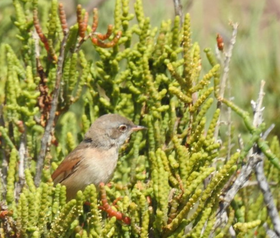 Spectacled Warbler hiding in halophytic vegetation Spectacled Warbler hiding in halophytic vegetation My search for Pin-tailed Sandgrouse in the province began in an area of halophytic vegetation beside the Guadalquivir north of the Salinas de Bonanza. I’d read somewhere that this area held sandgrouse and the habitat certainly appeared to be suitable. It also helped that the same source suggested the Spanish Imperial Eagle (which I hadn’t then seen for years) sometimes occurred here. I looked a number of times without finding my target species although I did see the eagle. In retrospect, or rather looking at e-Bird reports, I now realise that despite looking good this area is not a prime spot for the species (although good for both short-toed larks, Spectacled Warbler, Gull-billed Terns, etc.) In 2006 Lynx published the “Where to watch Birds in Doñana” written by two local experts which fortunately included this area (although not part of the Doñana National Park it’s part of the Natural Park that acts as a buffer zone). This excellent book suggested exploring a couple of tracks running north from the A 471 (at GPS 36.7774 -6.2774 (i) and GPS 36.7948, -6.26028 (ii)). These take you several km into the Marismas de Trebujena which is useful as there are few places you can legally or safely stop along the fast A 471 . In particular, they advised looking for sandgrouse in an area that both tracks converged upon (GPS 36.8226, -6.2671). I explored this area a number of times (albeit not always at the optimum time of day) and it certainly looks very good but have never got lucky. [Note that the last time I tried to reach this point from (i) the latter part of the track was in a very poor state so it’s quicker, easier and probably safer to come in from (ii)]. However, I have suggested to several people that they might give the area a try and they managed to find the sandgrouse here (sometimes after multiple attempts). Despite my lack of success these two tracks are always worth exploring as the area attracts, depending on season and rainfall, large numbers of egrets, Glossy Ibis and waders (inc. stints, Ruff, stilts, Golden Plovers), a variety of raptors (inc. Montagu’s Harrier, Short-toed Eagle, etc), short-toed and Calandra Larks. 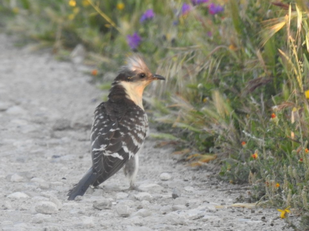 A Great-spotted Cuckoo Trebujena Marismas A Great-spotted Cuckoo Trebujena Marismas birdingcadizprovince.weebly.com/cadiz-birding-blog/may-2022-update-vi-trebujena-area-going-gaga-or-going-gaaa-gaaaA third track along the A 471 next to “Trebujena Motorland” (iii - GPS 36.8365, -6.2065) is also worth a closer inspection as it runs for c5 km and offers good views across suitable habitat. When there’s standing water here then you can see hundreds of egrets and Glossy Ibis – wonderful sight. I’ve visited the area several times and many good birds here … except, of course sandgrouse. Unfortunately, a change in my personal circumstances and then Covid meant for over six years I was unable to give this area the time it deserved. So, when I returned in spring 2022 tracking down the elusive bird was a priority. I confess I was somewhat miffed when a keen Dutch birder to whom I gave details of one of the sites off the A 471 popped along and, on his first attempt, saw several sandgrouse (both in flight and on the ground). Naturally, when I looked there at dawn the following morning, I saw none at all, but my efforts were rewarded by finding a handsome Great-spotted Cuckoo. My catalogue of failure, however, lasted less than an hour when I checked the Adventus track (iv – GPS 36.8862, -6.2202). (Note the finca here is variously called the Cortjo Alventus or Cortijo de Adventus). Stopping along the track to scan the marismas, I saw a small group in the distance and then had a couple of Pin-tailed Sandgrouse fly over my head (see https://birdingcadizprovince.weebly.com/cadiz-birding-blog/may-2022-update-vi-trebujena-area-going-gaga-or-going-gaaa-gaaa). Somewhat to my surprise, I managed to repeat this feat at the same site the following autumn when I managed to show them to an old friend. A keen world birder (with a 7,000+ list), he’d leapfrogged Spain in pursuit of birds in more exotic destinations further afield, so the birds were lifers (as were another handful of species on that visit). This spring keen to check whether my sudden success was a fluke, I visited the Adventus track half-a-dozen times. To my great satisfaction, I saw Pin-tailed Sandgrouse every time including several small groups (4-5 birds) and probably had a group of c20 birds too. The latter were rapidly scuttling across the horizon as I got out of the car so it’s hard to to be 100% certain. Not only that but on three of those occasions birds flew over the track itself. What made the experience still sweeter was that on those three visits where the birds flew over nearby I was able to show them to four friends for whom they were lifers and a fifth who had never seen them before in Andalucía. My winning strategy has been to get there as early as possible when the birds are more active and the heat haze less of a problem, drive 200-300m along the track, stop and methodically scan the extensive marismas to the west. (Note that after rain this track can become dangerously slippery and driving along it is then inadvisable). In this way I’ve repeatedly found groups of sandgrouse flying fast and low over the marismas with some pitching down towards the Guadalquivir, others disappearing into cover near the small reserve and others continuing well into the distance. The birds, of course, know my strategy which is why the birds that came close to the track were all trying to sneak past behind me! A word of warning is needed though. Somewhat surprisingly, on all my recent visits there have been large numbers of Grey Plovers (in various plumages) doing pretty much the same thing whilst, less surprisingly, I’ve seen Golden Plover nearby in the past. Plovers can superficially resemble sandgrouse in flight but with a decent view there shouldn’t be a problem. However, they do constitute ornithological ‘white noise’ that can distract and make it easier for the target birds to slip through unnoticed! Even when the sandgrouse aren’t being obliging there’s still plenty to see – Little Owl, Glossy Ibis, Calandra Larks, raptors, etc. It’s well worth exploring further along the track for sandgrouse as not only is there plenty of suitable habitat but also after c3 km handsome ceramic sign decorated with an illustration of the bird itself, useful confirmation that you’re in the right place! The ditches here conceal a good variety of herons (I’ve had all three egrets, Grey, Purple, Night and Squacco here) and when flooded with shallow water (a rare circumstance in recent years) it attracts large numbers of Glossy Ibis and waders. Here the track bends to the left to continue all the way to Trebujena (c5 km). This route would certainly be worth exploring further as sandgrouse-friendly habitat continues until it reaches the low hill on which Trebujena stands whereupon good Rufous Bushchat habitat takes over. However, the condition of the track quickly deteriorates from this point on so it’s probably better to do so on foot. If arriving from Trebujena the track (v) starts at GPS 36.8688, -6.1799 next to the far end of Parque La Toya. If you do explore this area then feedback would be very useful as I’ve only done so a couple of times and even then fairly briefly (it's easy to be distracted by the many good ‘known’ sites locally!). 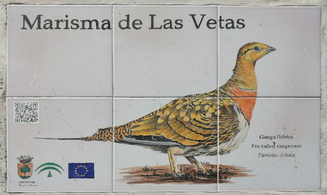 Yopu know you're in the right place when you see a sign like this! Yopu know you're in the right place when you see a sign like this! It’s well worth exploring further along the track for sandgrouse as far as the Marismas de las Vetas. Not only is there plenty of suitable habitat for sandgrouse but also after c3 km handsome ceramic sign decorated with an illustration of the bird itself, useful confirmation that you’re in the right place! The ditches here conceal a good variety of herons (I’ve had all three egrets, Grey, Purple, Night and Squacco here) and when flooded with shallow water (a rare circumstance in recent years) it attracts large numbers of Glossy Ibis and waders. Here the track bends to the left to continue all the way to Trebujena (c5 km). This route would certainly be worth exploring further as sandgrouse-friendly habitat continues until it reaches the low hill on which Trebujena stands whereupon good Rufous Bushchat habitat takes over. However, the condition of the track quickly deteriorates from this point on so it’s probably better to do so on foot. If arriving from Trebujena the track (v) starts at GPS 36.8688, -6.1799 next to the far end of Parque La Toya. If you do explore this area then feedback would be very useful as I’ve only done so a couple of times and even then fairly briefly (it's easy to be distracted by the many good ‘known’ sites locally!). Returning to where the Adventus track leaves the road down to the Guadalquivir turn left and park near the ruined tourist development (Chozas Marismeñas). From here you have a good view across the dry halophytic vegetation. If the reserve here is open (it rarely seems to be) then a still better spot would be the small tower in its southern corner. Similarly scanning from the Carretera del Práctico could get results. Personally, I’ve never seen sandgrouse from either location but others have and some of the birds I have seen appeared drop down into that area. A final word. I remain somewhat puzzled why I managed to miss this species in this area for so long. I’m willing to accept that it might be sheer incompetence but, that said, I’ve regularly picked them up here before some of the excellent birders who’ve come with me to search for them and back in the day my hearing was up to detecting their calls at much greater range. The fact is that the birds seem to cover an enormous area as I've picked them up as dots on the western horizon, followed them as they rocketed past and then lost them again as they reverted to dots on the eastern horizon. Perhaps, the alarming desiccation of the Coto Doñana has pushed more birds across the river or maybe, more optimistically, that process has increased the species’ population which is now overflowing across the Guadalquivir.
. 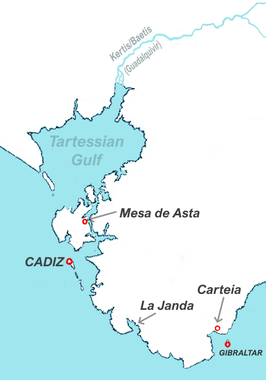 The coastline c3,000 years ago when Cadiz & Gibraltar were islands & the Coto Doñana was a huge gulf The coastline c3,000 years ago when Cadiz & Gibraltar were islands & the Coto Doñana was a huge gulf There’s an arc of low-lying land running along the Cadiz-Seville border and down towards Mesas de Asta that begs to be explored. These low-lying fields were once beneath the waves and the isolated islands thus provided the site of the semi-mythical city of Tartessus. The Tartessian civilisation owed much to Phoenician traders who, according to tradition, founded the city of Cadiz in 1100 BCE making it the oldest inhabited city in Western Europe. They called the place Gadir taking the name from a Berber term for a wall or compound (and hence also the origin of the name for the Moroccan city of Agadir). It was silver that attracted the Phoenicians and reputedly made the Tartessians fabulously wealthy. Although their influence once stretched west to what is now southern Portugal, east to Murcia and north to Extremadura, relatively little is known about them. The Carriazo Bronze is one of the most famous examples of Tartessian art. This fabulous artefact, thought to be part of a brooch, is dated to 625-525 BCE. It is believed to depict a local goddess of the marshes but assimilates aspects of the Phoenician goddess Astarte and Egyptian goddess Hathor (polytheists are equal opportunities believers). Her tunic is adorned by water lilies and the birds depicted are surely Mallards suggesting an intimate familiarity with wetland wildlife (although I’ve no idea what outsized bottle openers she’s holding are meant to be!) It certainly makes you wonder what the vast, shallow Tartessian Gulf (now occupied by the Coto Doñana) and its multiple inlets must have been like for bird watching 3,000 years ago. This mysterious past, the city’s location beyond the Pillars of Hercules and their city being surrounded by the sea, has inevitably caused many to link Tartessus with the myth of Atlantis. This may well be entirely fanciful, but I quite like the idea that when I’m birding the area, I’m birding Atlantis! At times after heavy rain, this area can appear to be straining to return to its former aquatic nature as extensive areas can be flooded. When this happens (an increasingly unusual phenomenon) it attracts hundreds of Flamingos , White Storks, three species of egret and a multitude of waders. When dry the patches of bare earth and poor vegetation look good for the ever-elusive Pin-tailed Sandgrouse (although I’ve only seen them here once). Within its orbit there are old settling ponds constructed for the sugar beet industry near Mesas de Asta, which have large colonies of both Gull-billed Tern and Slender-billed Gulls (although the destruction of the Coto Doñana on the far side of the Guadalquivir may now have changed things). So why isn’t it better known? In one word “access” (compounded by the proximity of better known and reliably ornithologically productive areas). The aforementioned settling ponds off the A 2000 at Mesas de Asta have always been ‘out-of-bounds’ despite, as I vaguely recall, talk by the former owners Ebro Foods that it would become a reserve. Access to the nearer laguna & wetland (see photo) used to be permitted or at least tolerated via a track across the fields but this is now disputed so both can now only be viewed distantly by pulling of the road onto a track (GPS 36.7927, -6.1636) running parallel to the main road. Despite this, particularly if you have a 'scope, it can still be a good place to pause and catch up with Slender-billed Gull, Gull-billed and marsh terns, Collared Pratincole, Montagu’s Harrier, Red-rumped Swallow, etc. The fields to the south are a mix of rough grazing and arable land but when flooded when they can also attract waders, terns, etc. When the floods recede patches of bare ground may be left behind which can harbour Stone-curlews. It may also be worth exploring the Cañada Ancha which crosses the valley to the CA 3103. (This track passes under the A 2000 at GPS 36.7804, -6.1672 but to access it you need to use the track noted above running parallel to the main road or one on the outskirts of Mesas de Asta (GPS 36.7834, -6.1725) A second area worth exploring are the Marismas de Casablanca. It's not an area I’ve often visited, despite my good intentions, but when I have done so it has proved to be worth the effort. From Jerez there are two alternative routes to reach area, one slow and the other fast. The slower route along the CA 3103 is the more interesting of the two as it gives you a better opportunity to pull over and scan the undulating countryside for birds like Montagu’s Harrier and Gull-billed Tern which often traverse the area heading to and from the nearby colony at Mesas de Asta (or they did when I was last here). Unfortunately, the colony and the marsh are out of sight to the west hidden in the rolling hills but as noted above, if you’re really keen the Cañada Ancha (GPS 36.7662, -6.1180) takes you across the valley towards the A 2000. This narrow thread of grass and scrub should have more birds than the surrounding farmland, but you have to walk 1-2 km before you reach wide open areas prone to flooding. Another potential plus of this route is that there remains an outside possibility that you might find Little Bustard. They are shown in this general area in the most recent Spanish atlas (based in surveys in 2014-2018). I’m told they were still around in the early 2020s but with this species’ rapid decline this may no longer be the case. I’ve driven past the Cortijo de Capita along the CA 0606 (at this point essentially a continuation of the CA 3103 northwards) a couple of times but fully not explored the area. The track runs through a rather dull agricultural landscape until after c2 km the track drops down towards a flatter and often much wetter area bisected by an agricultural canal (Caño de Capita). By this point what started off as a good gravel track is now a poor farm track so on my few visits, I’ve only once driven down to the canal. In the valley around the canal the fields may be flooded and about 700m to the east, there’s a large triangle (c1.2 km long x 600m at the base) of rough grass dotted with small pools to which I’ll return in the next paragraph. In theory at least, the CA 0606 crosses Caño de Capita, loops east, past this area and on to Cortijo de Casblanca on the CA 3103. However, the track would be tough going even in a 4x4 so if you do want to explore then do so on foot (although remember I’m not 100% sure that access is allowed so ask permission first if possible). Alternatively, you can ignore the CA 0606 entirely and continue along the CA 3103 towards the Cortijo de Casblanca. I have seen Hen Harrier and Short-eared Owl along this stretch of road in winter. At the cortijo a track (again shown as a branch of the CA 0606 on Google Maps) heads across the fields to reach the wedge of good habitat noted above after c2.5 km. Take care if Cranes are present as in this open landscape they are easily spooked. Before we leave the vicinity of Cortijo de Capita it’s worth noting that according to Google Maps, a c5 km drive from the CA 0606 west towards Trebujena takes you over similarly interesting habitat to a small aerodrome, restaurant and shooting range (Campo de Tiro). The reality is rather different as the indicated route across the campo follows very poor or even entirely imaginary tracks! In fact, to reach this area means driving back towards Jerez, then along the A 2000 almost as far as Trebujena and taking a track (signposted for the Campo de Tiro) a few km short of the A 471, a journey of 35 km! Obviously, it makes no sense to check this location if you’re exploring the Marismas de Casablanca via the CA 3103 but it may be an interesting diversion if heading for Trebujena. This is not an area I’ve explored and, obviously, the apparent presence of a shooting range here demands great caution. However, the far end of the track (c3 km), the open rough grassland habitat (as viewed on Streetview) certainly looks interesting enough to warrant further investigation particularly as one of the images on Streetview seems to have caught a couple of Cranes flying over! It is on my ‘must-do’ list next time I’m in Spain. I must confess that as I’ve tended to visit the Marismas de Casablanca as an afterthought or when I’m short of time, I’ve usually arrived via the faster route along the NIV and pulled off onto the CA 3103 (signposted for Morabita) near the two prominent silos but then turning down a road towards the silos. Taking a track behind these landmarks leads you to a bridge (GPS 36.8381, -6.0733) over the railway which is one of the few locations that gives a commanding, if distant, view across the area (‘scope needed). On my most recent visit (February 2023) I had c200 Common Crane, 500+ White Stork, hundreds of Cattle Egrets many of which were feeding in the wedge of habitat noted previously. The fields also had Lapwings, Golden Plover and many small passerines too distant to identify with confidence. In the past it’s hosted c600 Common Cranes and attracted the odd rarity (e.g. Pallid Harrier) When this area is flooded it can become a vast laguna (and is shown as such on some maps). It can be a mecca for huge numbers of Flamingos, egrets and waders. Unfortunately, I’ve only witnessed this ornithological extravaganza from a passing train over a decade ago. On that occasion, I was also rewarded by a group of Pin-tailed Sandgrouse – perhaps refugees from the flood - lifting off near the tracks as we passed by! At other times it takes on the appearance of a vast meadow covered in flowers and dotted with pools (see photos) although on my recent visit it was drier and much less interesting. I hope it’s not suffering from over extraction like the Coto Doñana. The track to the west of the railway (another section of the ubiquitous CA 0606!) is very poor so best tackled on foot but the one on the far side of the railway seems to be in much better condition. I’ve not tried it but I’ve seen a small van nipping along it at speed as if it was a motorway! This allows access to a second bridge (GPS 36.8566, -6.0877) c2.5 further on which should give better views of the area that held Cranes etc. This area is one for the adventurous and may not be as productive as some honeypot sites but where else can you claim to have gone birding in Atlantis?
Since the raptor passage across the Strait of Gibraltar is one of the great spectacles of bird migration not merely in Europe but the world, it’s understandable that visiting birders tend to congregate between Tarifa and Algeciras. Many seem to get scarcely any further north than La Janda or Barbate, fewer still venture as far as Laguna de Medina (for White-headed Duck et al), Bahia de Cadiz and the Sanlucar area (for waders and terns) and, more recently, Chipiona (for Little Swift). Those arriving via Seville may divert to take in Brazo del Este but for most visiting birders the area between that site and Cadiz Province is terra incognita. To be fair, this is not helped by a lack of information and, often, limited access. I cannot pretend that this is a top-drawer birding destination but exploring this area can be very rewarding and, for me at least, the shady drive along the Guadalquivir is one of the most relaxing sites for some gentle unhurried birding. 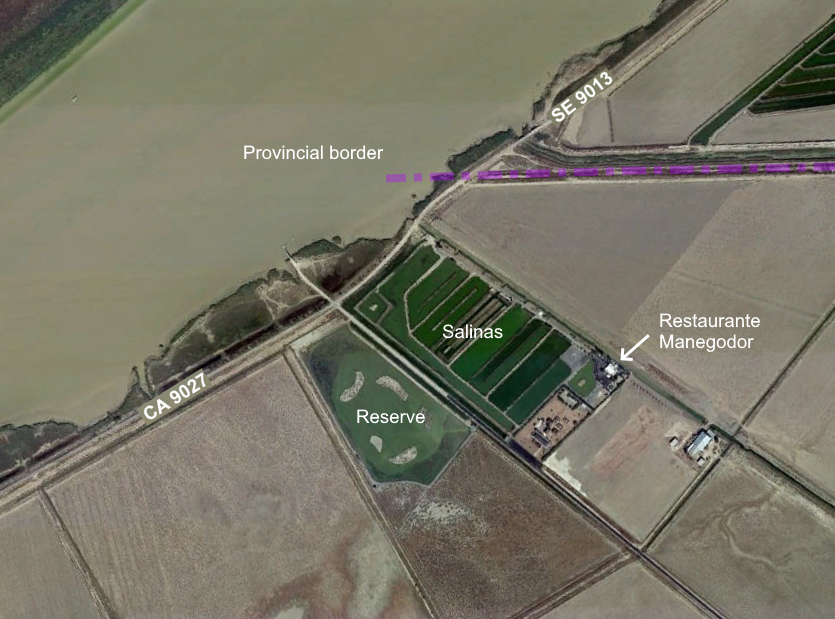 Somewhat surprisingly, the bridge over a small canal here doesn't mark the provincial border. Somewhat surprisingly, the bridge over a small canal here doesn't mark the provincial border. Even those who manage to penetrate as far as Bonanza’s famous salinas don’t necessarily follow the Carretera de Practico (CA 9027) along the Guadalquivir. As you approach the marismas across what seems to be an open flat plain, it can be something of a shock when a large cargo boat interposes itself between the viewer and the horizon. Perhaps surprisingly, the twisting and turning Guadalquivir is navigable all the way up to Seville (c85 km). It comes as no surprise then that the name comes from the Arabic al-wādī l-kabīr meaning “Great River” The surface of this road has been gradually degrading over the past decade and some sections are now dotted with potholes but it's still reasonably drivable (with care) and there are plenty of opportunities to pull over the scan the marismas to the south or a series of large lakes between the road and river. The large numbers of Flamingos dotting the lakes are obvious but you need to look more carefully to pick out waders and the odd Marbled Duck (reduced to 13 pairs on the Coto Donana in 2022) hiding amongst the more numerous Red-crested Pochards. The scrubby marshes to the south conceal small birds including Spanish Yellow Wagtail, various larks and warblers but the prize here is Pin-tailed Sandgrouse. In my experience, one of the best places to look for this elusive species is the track near the Cortijo de Adventus. Heading further north along the Carretera de Practico (which is transformed into the SE 9013 when it crosses the provincial border) can be problematical as the track can be in a particularly poor state. If you balk at driving along the track it may be worth walking a little way along it to get views of the back of the “Manegodor Salinas". If you do persevere then that track progressively improves after you reach the Cano de Yesos (c3.5 km) which is marked by two low but prominent white towers. En route you pass an area of saline vegetation worth checking for Collared Pratincoles, Lesser Short-toed Larks, Spectacled Warbler, waders, etc. Following this route makes for a delightful drive along the banks of the Guadalquivir. The river to your left acts as a highway for Slender-billed Gulls, Caspian Terns, waders, etc and whilst the farmlands to the right are intensively farmed, occasional wet spots can hold birds. The first section runs along close to the river but c4 km from the towers a broad reed-fringed channel separates you from the river for c1.5 km. This can be good for herons, Great Reed Warblers, etc. Around this point the track becomes an old but surprisingly good well-patched tarmac road. For the next c10 km the road shifts a little away from the river to pass along an avenue of rather birdless eucalyptus trees but they do make for a delightful shady drive on hot days. You then reach La Señuela which is, arguably, the most scenic point along this drive. To the left you can access the Gaudalquivir again at a pleasantly shady spot ideal for a picnic and for scanning the river. However, the greater delight is the church on the right which is bedecked with White Stork’s nests – possibly the most photogenic colony in Andalucia. Both here and elsewhere along this route flooded fields can attrack large numbers of Collared Pratincole. At this point you can either turn down the road radiating out from Lebrija to reach the A 471 or continue north following the river along the Carretera de Practico. Returning to the Cadiz end of the Carretera de Practico (CA 9027), instead of continuing along the riverside you can turn right towards Trebujena. At the turning is a small reserve and a little further on a track into the Marismas de Adventus which, as I’ve described previously, I won’t dwell upon here. Similarly, I’m not discussing what could be regarded as the ‘jewel in the crown’ here, the vineyards surrounding Trebujena that harbour Spain’s largest population of Rufous Bushchat. (for more details on both see https://birdingcadizprovince.weebly.com/cadiz-birding-blog/may-2022-update-vi-trebujena-area-going-gaga-or-going-gaaa-gaaa). 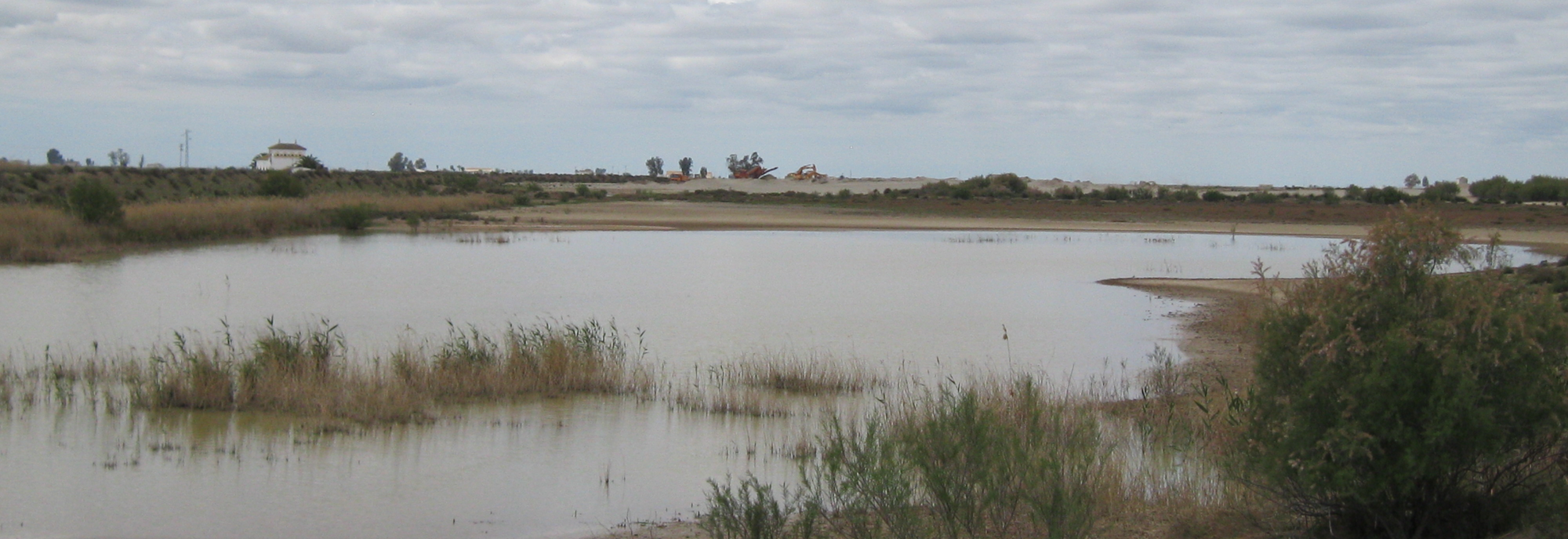 Laguna del Rincón del Prado Laguna del Rincón del Prado Continuing along the river after c4 km you reach a shallow pool on your left, Laguna del Rincón del Prado (see https://ebird.org/hotspot/L3062453 ). Although it looks somewhat unprepossessing, this site can be excellent for birding with good numbers of birds (recent counts include 90 Spoonbills, 20 Purple Swamphen, 200 Collared Pratincole,1,000 Avocets, 250 Lapwing and 150+ Black-winged Stilts plus a good mix of exotics (Black-headed Weaver, Yellow-crowned Bishop, Common Waxbill & Red Avadavat have all been reported) and small passerines (including Olivaceous Warbler & Spanish Sparrow). The odd rarity (e.g. American Golden Plover & Pectoral Sandpiper) has also been found here. A further inducement to come this way is that there’s a small authentic café, Venta El Santero, here which presumably largely serves the local campesinos so prices should be reasonable. By now you’re only 8 km from the famous Brazo del Este which, admittedly, holds a greater number and variety of birds. If you opt to return to the A 471 from La Señuela then, as noted earlier, the most direct route is to take the A 8150 back towards Lebrija. This route is erratically lined by palm trees hence it's name - Via Verde "Las Palmares". Like several other routes (see map) this track is bordered by a large canal. When full this can harbour various egrets and herons. These may linger in odd wet pools as the canal is dries out in late spring when they are joined by waders like Black-winged Stilt and Collared Pratincoles. The driest spots are also worth checking for larks and pipits. Just east of Lebrija you pass Balsa de Melendo (aka Embalse de Lebrija) on your left. I’m not sure about access to this reservoir as I’ve only visited once and then some years ago but a road off the A 8150 does permit at least a partial view of the open water. Such a large body of water is bound to attract good numbers of hirundines and swifts whilst eBird suggests it can hold several thousand ducks, mainly Shoveler including the odd rarity (see https://ebird.org/hotspot/L6218427). I've not visited the site but friends tell me that if you want to stop off somewhere to check for passerine migrants (and enjoy a little shade) then Parque de San Benito (on a low hill just east of Lebrique) is worth investigating. If you do opt to look around Trebujena’s vineyards rather than driving along the river but still want to check out La Señuela and Laguna del Rincón del Prado then you can do so by taking the A 471 towards Lebrija but take a left turn signposted to Desguace to explore the area. Note that this turning is not well signposted so look for the turn c1 km beyond the Repsol petrol station. You may want to stop before this point as the c2 km stretch between a car-breakers yard and the Repsol garage has been flooded in the past and the habitat looks interesting. Pulling off on to a track on the left by the yard or another near the garage should permit you to scan the area. I’ve only had Montagu’s Harrier and good numbers of Lapwing and Golden Plover here but I’m told Pin-tailed Sandgrouse have been spotted near here in the past. The proximity of better known and arguably more productive sites probably accounts in good measure why this area is often overlooked (including by me!) but for those wanting a pleasant riverside drive and the chance to make discoveries of their own then this route comes highly recommended. For the slightly less adventurous, note that Manuel Bárcena (Oxyura Birdwatching - https://oxyura.es/es/) is one of the few birding companies that visits this area so if you need an ornithological hand to hold he's the man to contact.
i) Osuna Area 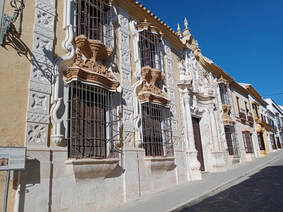 Osuna is one of my favourite Andalucian towns with a superb architectural heritage which alone would make it worth visiting but it's the presence of some of the last remaining "pseudo-steppe" in Andalucia and accordingly a population of bustards that brings me back time and time again. As usual I started by exploring the SE 715 from Osuna stopping at the first bridge over the unfinished AVE railway line. In the past I've had Great Bustard here but the bare arable field has long since been replaced by an olive grove. Happily, the second bridge (which also crosses the SE 715) came up trumps with three droves of Great Bustard in view (one to the right, a second roughly in front of me at the edge of an olive grove and a third larger group further off towards the SE 710 - see photos). I could also see half-hidden smaller birds that I suspected to be a couple of Little Bustards. They were too distant and partly obscured to absolutely discount the possibility that they were Mallards (which occur here and can look surprisingly bustard-like at extreme range) Hoping to get a better view of the largest drove I took the track over the third bridge (the connecting track from the second bridge is undrivable unless in a 4x4) to get a closer look. En route I found another small group of Great Bustards way off to my left. Arriving at the junction with the track from the second bridge the Little Bustards (as they proved to be) were flushed by farmworkers. Rather than just a couple of birds, there was a flock of 11 individuals which, fortunately, soon pitched down in a field near the track (see photo) hundred meters towards the SE 710. As I hadn't seen this species on my last couple of visits I was delighted to catch up with them (but was chagrined to discover others saw a flock of Black-bellied Sandgrouse in the same area a few days later). Moving on to the fourth bridge, I briefly explored a few hundred metres along the gravel track running along the unfinished AVE line before heading for the track leading to the Lesser Kestrel Tower (at GPS 37.3076, -5.2314) which is an area where I've seen sandgrouse in the past. I failed in my quest but had a further two Great Bustards fly over (making my total for the day 56 birds) and a couple of Dartford Warblers. Less happily, I also saw further evidence of the encroachment of new olive groves on previous bustard/sandgrouse habitat (see photo). I also managed to explore a couple of areas I'd not looked at before or hadn't done so for a long time. The first was the Vereda del Alamillo off the SE 715 which I'd passed many times and stopped at before but never fully explored. This time I walked c1 km down the track to and under the unfinished AVE railway line (although in doing so I discovered the track was perfectly drivable). En route I saw disappointingly little (House & Spanish Sparrows & Corn Bunting). Beyond the AVE line I had views across towards the tower constructed for Lesser Kestrels (in theory at least this track should link up with the track there but it is very degraded and suitable only for exploring on foot). I also confirmed that the track back towards the 4th bridge was still in good condition and decorated with 'official' signs' (implying public access). In the other direction the track seemed to be degraded as it ran uphill. This track eventually reaches the SE 7201 but exit is prevented by a chain (see photo). A track on the other side of the AVE track was in a far worse condition. I remain uncertain whether either track allows public access to or an overview of Laguna de los Ojuelos (although eBird reports suggest there is some sort of access is possibly by prior arrangement by the estate). Caution is advised as the estate raises fighting bulls ... The second area I explored was along a track that's a westwards extension of the SE 715. This track soon becomes badly rutted and peters out after c500m just after it reaches a bare stony field. Black-bellied Sandgrouse have been seen in this area and the habitat (to my eye at least) looks ideal. Below at the foot of the hill lies the dry bed of the Arroyo Salado which also looks like suitable sandgrouse habitat. It may be possible to get a better view of this area by following the track immediately north of the AVE line where (after c1 km) another bridge crosses the unused railway (but not the active one). If you want to see Black-bellied Sandgrouse and both bustards in Andalucia my advice, considering the continuing growth of olive plantations, is to go as soon as possible. The Cordel de Jara is a narrow vein of wild habitat off the SE 7200 which threads its way trough a landscape dominated by intensive farming. It used to have a small observation tower but neglect seems to have taken its toll. The remaining information boards are so bleached by the sun that they are virtually illegible. Good to see that the pylon here has been modified to prevent large birds of prey perching on them, a major cause in mortality for Spanish Imperial Eagle, Bonelli's Eagle and other raptors. It's not a site you'd detour to see but it's a pleasant place to pause or have a picnic. ii) Costa Ballena It's a sad commentary on the current dire state of many wetlands in the province that this golf complex is (in 2021-2023 at least) the easiest place to find Red-knobbed Coot. It appears to favour the area where a bridge takes Calle Beethoven over a small canal linking the two 'lagunas' here. iii) Humedal Cerro de la Ciguenas  Having 'discovered' this site online via GoogleEarth last autumn it was somewhere I was very keen to visit in person this February. Whilst I saw relatively few birds it proved to be a pleasant site with good potential for picking up interesting birds when conditions are suitable (i.e. wet). It's a couple of km NW of Los Palacios y Villafranca so is a very minor detour, particularly if heading along the NIV. To be honest, it has less to offer than Laguna la Mejorada (which is accessed off the same turning off the NIV) and still less than Humedal El Pantano on the other side of the town (best accessed off the E5/AP4). Yet if you turn off for the former then the extra 5 minutes to drive over to this site - if only out of curiosity - is very tempting and could pay dividends. With a dozen or so White Stork nests (most already occupied) dotted around the site certainly lived up to part of its name which means "Hill of the White Storks Marsh" but the flat open landscape offered no hint of a hill as far as I could determine. The fences surrounding the reserve are punctuated by two daunting-looking gates both of which, happily, proved to be unlocked. The hide has a good view across what would be after a wet winter a small shallow laguna. It was dry when I visited but eBird reports suggest it could hold Whiskered Terns, Glossy Ibis, egrets, various waders, hirundines, etc. There was a small wet area behind the levee on my visit (see photo) which had a couple of Black-winged Stilts, 4-5 Avocets and a single Glossy Ibis. The broad Cano de la Vera nearby was dotted with shallow puddles (see photo) which could well attract Pratincoles, waders, hirundines, etc if still present in spring. A noticeboard here gave some background about the site: The Ecological Reserve "Humedal Cerro de las Cigüeñas" is declared with this figure of protection on the 19th December 2017. It is a wetland located next to the Caño de la Vera, in the north-western part of the municipality of Los Palacios and Villafranca, in an old marsh area of the Guadalquivir river, which is currently highly modified by human activities. It has totally lost the tidal influence due to the multiple channels and dikes that have replaced the natural channels. Its waters essentially come from direct precipitation, surface runoff and artificial inputs through irrigation ditches and drainage from nearby cultivated areas. Despite this input, the wetland is seasonal, becoming completely dry during the summer period or maintaining very low water levels in the summer months, if rainfall and crop irrigation are scarce. Due to its characteristics and location to the nearby Coto Doñana marshes, this wetland is important for birds linked to wetlands. It is included within a property owned by the City Council and has an extension of approximately 21.67 Ha. of which some 5.37 Ha. correspond to the floodable area. This, specifically, is not a natural wetland but arises from the closure and environmental restoration of an old uncontrolled landfill of urban solid waste in which the extraction of solid waste accumulated for years was carried out and sealed in 1997. Open for public use. (Translated with minor modifications by Google). The Los Palacios y Villafranca council is also responsible for the hide and other work at Humedal El Pantano and must be congratulated not only for conserving these sites but also encouraging public access. I wish other local councils in Spain did half as much! iv) Humedal El Pantano This is one of three small wetlands around Los Palacios y Villafranca. Although the Laguna la Mejorada is the most well-known, in my experience Humedal El Pantano is much better with a greater variety of birds. On my short visit in February I had 65 Shoveler, 2 Gadwall, a Pintail, 5 Teal, 20+ Mallard, 15 Spoonbill, a Glossy Ibis and a Purple Gallinule but in spring it's far better. In the past I've found it to be the best site I know for seeing Little Bittern and Purple Heron but that depends on the water levels. Hopefully, as my photos indicate it should be in good condition in April and May. The new noticeboards here give some interesting background to the site. The Google translation of the noticeboard (slightly amended) reads: HISTORY AND RELEVANT INFORMATION The Ecological Reserve "El Pantano" was declared on October 30, 2018. It has a flat morphology located in the zone of the transformed marsh, whose substratum is made up of Quaternary deposits. Ther artificial drainage and the Caño de la Vera accumulates water for long periods, generating detrital aquifers. Within the area you can differentiate three zones: the wet zone of about 14 hectares, a dried and cultivated zone of 21 hectares and another zone, also dried, separated from these two on the other side of the first arm of the Caño de la Vera occuping about 17 hectares. The characteristic vegetation of the area and its distribution are conditioned by two main factors, the duration of the flooding and the degree of salinity. The role played by these natural spaces in an environment as anthropic as this one is essential, especially as a refuge for birdlife. A large amount of zooplankton, water fleas, insects and various molluscs are found in the water. The abundance of the introduced Red Swamp Crayfish is remarkable. Among the vertebrates we find Common Frog, Ocellated Lizard and the water snake (presumably Viperine or Iberian Grass Snake - JC) , together with fish, including carp and eels. But the greatest value and attraction of these natural spaces is the abundance and diversity of waterfowl. Some species use these wetlands as a resting and feeding place during their migrations to Africa and others breed here. Respect the reserve and private property. I wish other municipalities were as active in preserving wetland habitats and trying to make them accessible to visitors as Los Palacios y Villafranca! The contrast with my visit to Lantejuela is telling. v) Casablanca I've rarely visited this site so detouring to do so when en route to Seville and then back to the UK was an irresistible temptation. On some maps the area west of the railway line here is shown as a vast laguna understandably so on the rare occasions when an exceptional heavy winter rains flood the area. I've twice seen it in such a state when the shallow waters have been dotted with a multitude of of gulls, waders and Flamingos. Unfortunately, on both occasions I was going past on the train. Whilst poor winter rains seem to have made flooding less frequent, the poor vegetation here clearly shows that large areas remain soggy and unsuitable for arable farming. This was also confirmed by presence of almost 200 Cranes, 500+ White Storks and hundreds of Cattle Egret here on my recent visit. Surprisingly, GoogleEarth shows that several tracks that cross the area have designated road numbers indicating that they're accessible for the general public. Next time I visit I must give the area a whole day! vi) Los Badalejos I visited the area around Benalup several times to look for Little Bustard and was rewarded by twice finding small groups of this fast declining species. On my first visit I had a flock of 11 birds but a few days later had a group of 10 birds plus another 5 in the distance. vii) El Portal The old sugar processing factory at El Portal has one of the largest White Stork colonies (c50 nests) in the area. It's always worth a stop if only to hear them bill-clattering - a sound used to give voice to triffids in the 1963 film "The Day of the Triffids". vi) La Janda During my two week stay in Alcala de los Gazules I visited La Janda several times but, as I have before, found the site failed to live up fully to its high reputation. The best area was along the track from Benalup near the road up to the Embalse del Celemín where the soggy fields held Spoonbill, Glossy Ibis, Greenshank, Green Sandpiper, LRP and Ringed Plover. However, I was delighted to be able to join the protest march for the restoration of part of the ancient laguna. This is a fantastic and well-thought through project that could transform the area for birders. My Spanish is shamefully poor but I was pleased to pick up in the speeches references to the pioneering efforts of Brits in discovering the ornithological delights of the Laguna de La Janda. See also - Cientos de personas marchan entre Barbate y Vejer para pedir que se recuperen los humedales de la Janda (lavozdelsur.es) viii) Puntas Secreta & Carnero My guest's flight out of Gibraltar was delayed which meant we had time for a quick look at Puntas Secreta and Carnero. A stiff onshore SW wind was blowing so we had many passing Gannets, Kittiwakes and Balearic Shearwaters at Punta Secreta (although, to my surprise no Bonxies). The bay at Punta Carnero was more sheltered and attracted c100 Balearic Shearwaters. ix) Palmones I stopped off at Palmones for lunch with my guest that week en route to Gibraltar airport. Wind surfing within the sandbar at Palmones (i.e. in the Nature Reserve) is banned but many surfers ignore this rule (in fairness signage is not good). Shortly after I took this photo the police arrived to tell the wind surfers to pack up but only once their friends had finished surfing. Happily, a few minutes later we met a British birder who'd just found a Lesser-crested Tern. With time pressing we'd only casually looked earlier through our binoculars so were pleased to have a look at the bird in his 'scope.
i - Lagunas de LantajuelaLaguna de Gobierno - As usual Laguna de Gobierno had plenty of birds - Flamingos, Black-necked Grebe, a good variety of ducks (inc. White-headed). Also as usual there was no access to the walkways and hides within the reserve nor even the "public" hide and viewpoint on the flat roof building nearby. Hence, visitors are obliged to peer over the wall on either side of the Observatorio Orntologico to see the birds. If there's a way to gain access then the authorities don't seem keen to share it! Hoya de la Verde Sal - In the context of this complex a hoya is, as I understand it, a shallow depression prone to flooding but drainage (or the lowering of the water table) seems to have reduced the Hoya de la Verde Sal to just another arable field. Nothing remains of the poor tussocky vegetation that marked it out a decade or so ago and the only reminder of its former status is a muddy smudge in its centre. Laguna de Ballestera - Happily this laguna was much as I remember it and was teaming with ducks (mainly Shoveler), a few Flamingo and a couple of Cranes. However, the perimeter of what looks like builders' rubble shows how close it too came to extinction as a wetland. Laguna Consuegra - My recollection may be at fault but in the past I'm sure that Laguna Consuegra was plainly visible from the SE 705. However, on my recent visit all I could see were some distant willow scrub suggesting that it too was dry (or at best slightly damp) although I admit I didn't look too hard or venture along the tracks heading that way. A bonus here, though, was a small flock of Cranes. Laguna de la Turquillas - as this site is sometimes referred to as a hoya rather than a laguna it is not, perhaps, surprising that it's often dry but I had hoped to see some water here in midwinter. When wet this can be a great place for Collared Pratincole, marsh terns, ducks, etc. but, frustratingly, there's nowhere you can legally park to view the laguna. That's not quite true as there is a car park off the A351 from which you can walk (c700m) along a sendero to a viewpoint overlooking this laguna but the track is invariably gated and invariably locked. Lagunas de Calderon - Chica & Grande - These lagunas are off the A351 immediately south of Laguna de la Turquillas. The larger, but shallower, Grande was dry but the smaller laguna, Chica, looked full and inhabited by birds. Exactly how many birds and of which species is less easy to ascertain as these lagunas too are invariably locked away behind the gate and there's nowhere to safely or legitimately to park. Even if - mirabile dictu - the gate's open, the car park is useless as there's no indication of opening times (if there are any). Hence the substantial sums of EU money spent on conserving the lagunas and developing 'ornithological tourism' here appear to be wasted (when I asked at the Osuna Tourism Office some years ago they knew nothing about access). Laguna Ruiz Sanchez - I only briefly tried to see what the situation was regarding this laguna and then only from the main road as the track I've used previously was in poor shape. I was not surprised that it was easier to find evidence of potentially damaging agricultural activity (laying drainage pipes) than the laguna itself. Concrete blocks with manhole covers have sprouted in fields all along this section of the A351 which may explain the absence of flooded fields I've seen here in previous winters. Clearly, far more money has been spent on improving farming than preserving wetlands here ... ii - Lagunas de Puerto Santa MariaBefore I left for Spain this February, I was intrigued by a FB post that showed that a new 'viewpoint' plus various noticeboards had appeared at Lagunas de Puerto Santa Maria. (more specifically at Laguna Juncosa) I had hoped that this development might mean that the authorities had at last optimised the potential of this site for ornithological tourism by providing facilities to encourage and help visiting birders. Disappointingly, my hope that a screen or hide might be constructed to give better views of Laguna Salada proved to be without foundation. However, it was good to see that both the Laguna Juncosa and the Laguna Salada were not as dry as I'd feared following my earlier visit to Lantejuela. Although I did not manage to visit the site, I was similarly pleased to see that Laguna de los Tercios was well flooded and looked good for the spring. iii - Lagunas de EsperaThe headline news regarding the Lagunas de Espera is that the track from the Castillo de Fatetar above the town to the lagunas has been resurfaced and what was a rather treacherous route is now an excellent, if narrow, road. Admittedly, the route to the castillo through Espera isn't well signposted and the more obvious route via the SE 5207 still requires you to negotiate a rather rough 1 km track. That said, it's worth driving up to the castillo for the impressive view across the campo. As far as the lagunas are concerned, little has changed. Laguna Hondilla remains choked with vegetation, the view from the "hide" overlooking Laguna Salida de la Zorilla is still largely obscured (although the laguna is reasonably wet). In contrast, Laguna Dulce de la Zorilla remains bone dry. iv - Lagunas de LebrijaI made a quick stop here after visiting Lagunas de Espera to check the state of Laguna de la Galiana and Laguna Cigarrera. These lagunas have been declining for some time and what I saw gave no cause for optimism. Laguna de la Galiana is currently a damp hollow choked with vegetation without any sign to standing water (although I was pleased to see a Black-winged Kite here). Laguna de la Cigarrera was in an even sorrier state. I found a dense 40+m deep 'necklace' of tamarisk surrounding a dry weedy centre without a hint of moisture let alone standing water (see photo). Even if there's an exceptionally wet winter and it refills to former levels seeing waterbirds from the track will still be virtually impossible. Given the state of these two "lagunas" I didn't check Laguna de Pilon as it's usually the first to dry out whilst, being on private land, neither Laguna de Taraje nor Laguna de Pena are accessible. It seems depressingly likely that these lagunas, like several others, will soon be little more than a memory. v - Laguna de los Tollos I've told the sad story of Laguna de los Tollos and the efforts to restore it elsewhere on this blog. Sadly, the laguna remains no more than a dry basin with, on my recent visit, a few small rainwater "flashes" along the northern rim and a couple of deeper pools. The 'laguna' is surrounded by a protective wire fence but with several breaches around the circuit it now seems a popular place to exercise dogs. An well worn but entirely unofficial path now links the hide (a) with Mirador la Mina (d) via two such holes on the fence. There were a few Shovelers and Flamingos here but the best birds were a flock of c70 Stone-curlews resting on the dry bed of the laguna. vi - Laguna de Medina Happily water levels at this laguna were good this February when I visited the site with plenty of wildfowl (c400 Shoveler, c200 Red-crested Pochard, c130 Mallard, c30 Teal, c25 Gadwall and a similar number of Pochard but only 2 White-headed Ducks) and c250 Flamingo). vii - Lagunas de Camino Colorado Superficially, the Lagunas de Camino Colorado looked to be in good shape when I visited the site in February with the usual White-headed Ducks, Purple Gallinules, etc. However, not all is well here with the pools still being impinged upon and polluted by agriculture despite recently being legally protected. Not long after I visited this site the Ecologistas en Acción (see www.ecologistasenaccion.org/284556/celebran-haber-conseguido-que-las-lagunas-de-bonanza-esten-protegidas/). 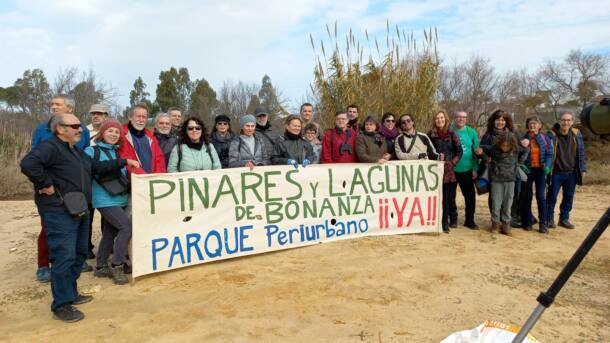 ... but all is not what it seems. ... but all is not what it seems. Click here to edit. Overview
Despite the good work of Ecologistas en Acción and others, my tour of lagunas (real and virtual) has left me deeply concerned about their future or, indeed, whether they have a future at all. Whilst the cycle of dry and wet years are part of the essential ecology of these lagunas, a combination of increasingly dry winters and more intensive agriculture seems to have resulted in a lowering of the water-table making many former lagunas no more than, at best, damp hollows. Despite the heroic efforts to restore lagunas like Tollos, Ruiz Sanchez, Calderon, etc conservationists will never have the resources (financial and political) enjoyed by large land-owners and agriculture. In Spain, just as elsewhere, it seems that the lefthand doesn't know what the right hand is doing with lofty conservation projects being undermined by grants/subsidies to intensify agriculture. The lack of practical management evident at several sites and the half-cocked attempts to encourage "ornithological tourism" in Andalucia don't help; it can and is being done in other regions in Spain. I'm constantly astonished that so many otherwise well-traveled birders have never visited the Straits of Gibraltar. In my youth, admittedly a very long time ago, partly inspired by Mountfort's 'Portrait of a Wilderness', south-west Spain was the place to go not just in Spain but Europe as a whole (which was then pretty much the limit of a birdwatcher's horizons). The advent of world birding based on (relatively) cheap long-distance flights has pushed the Straits too far down the pecking order. Then at some point Extremadura went from being 'unknown' to becoming THE, and often only, place birders thought about visiting Iberia so, whilst hardly neglected, the Straits have become somewhat overlooked by too many
Nikki & Simon, my friends at 'Inglorious Bustards' (https://ingloriousbustards.com) have just released a superb high-quality video (see Inglorious Bustards - #FlywayBirding on Vimeo) which captures and conveys the magic of birding the straits. Obviously, there's a commercial element in the production as it also (understandably) promotes their company (other equally excellent guides are available see elsewhere on my website) but it does give a wonderful taste of birding this extraordinary area. |
About me ...Hi I'm John Cantelo. I've been birding seriously since the 1960s when I met up with some like minded folks (all of us are still birding!) at Taunton's School in Southampton. I have lived in Kent , where I taught History and Sociology, since the late 1970s. In that time I've served on the committees of both my local RSPB group and the county ornithological society (KOS). I have also worked as a part-time field teacher for the RSPB at Dungeness. Having retired I now spend as much time as possible in Alcala de los Gazules in SW Spain. When I'm not birding I edit books for the Crossbill Guides series. CategoriesArchives
May 2023
|
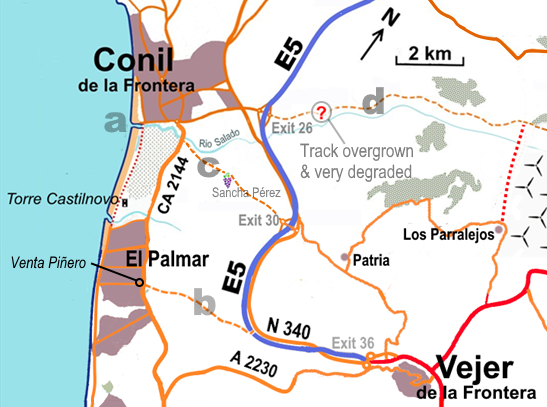

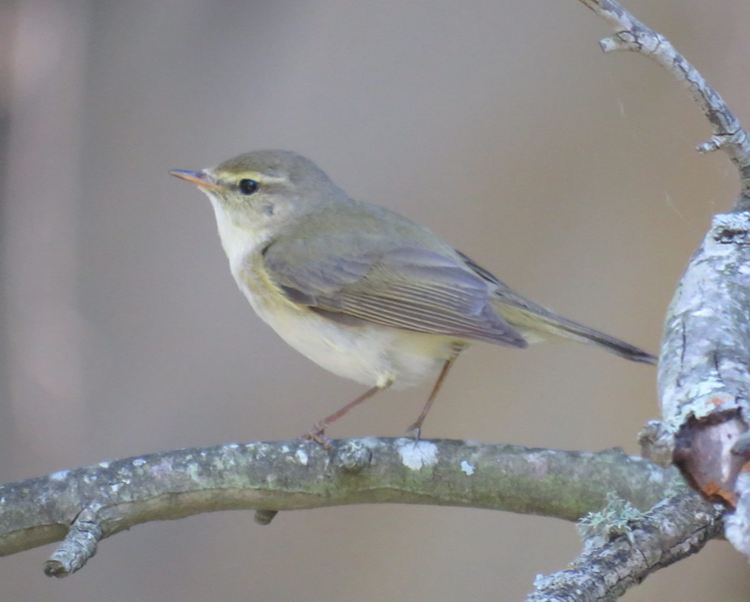
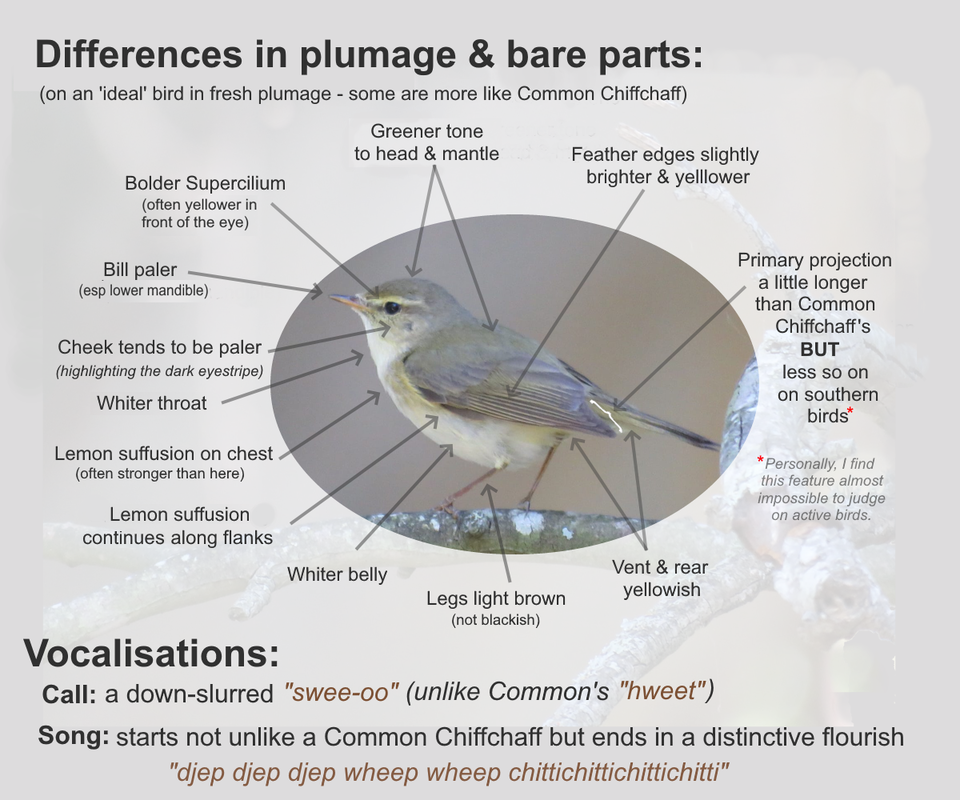
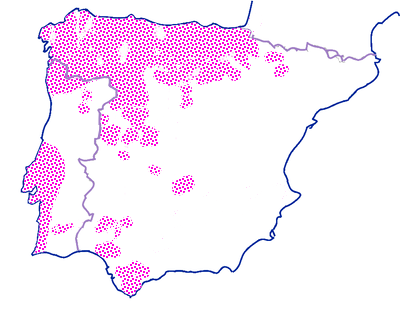
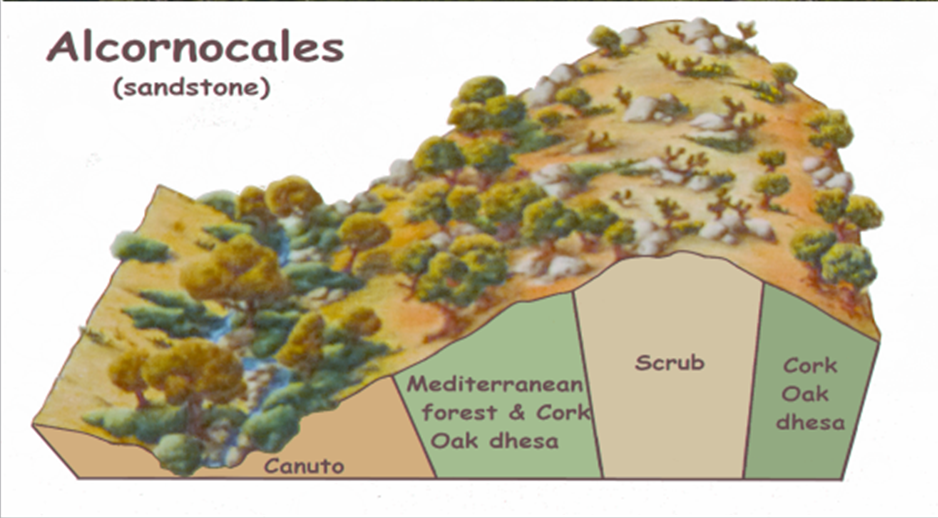
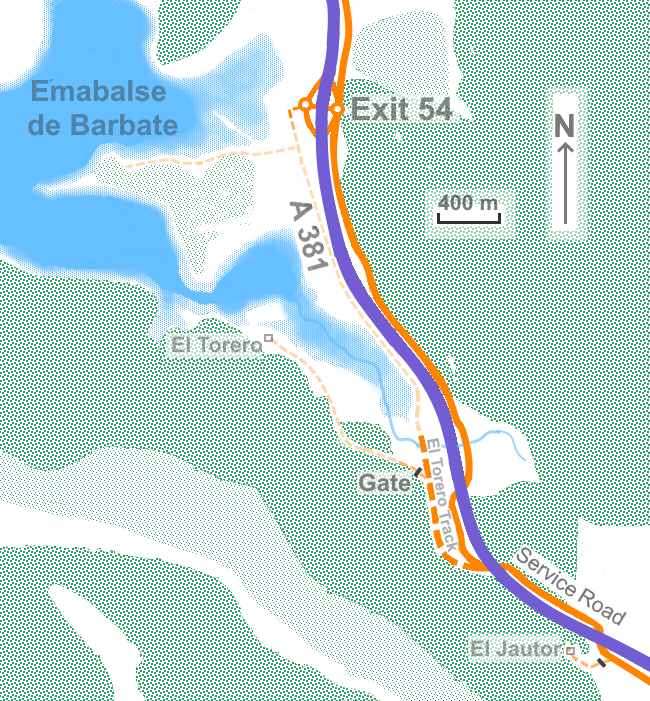
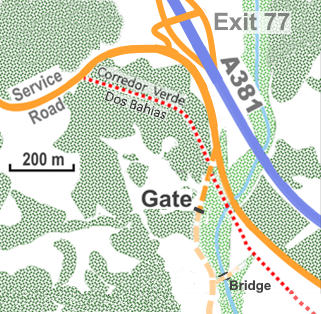
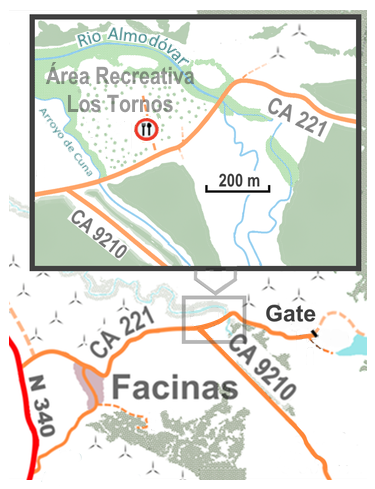
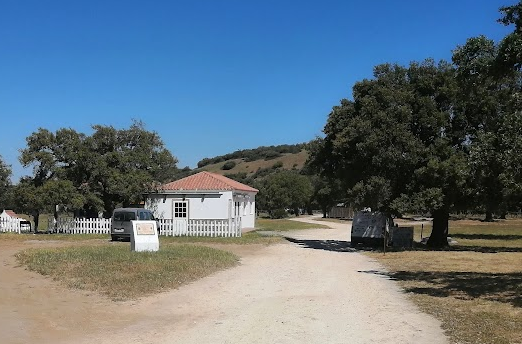
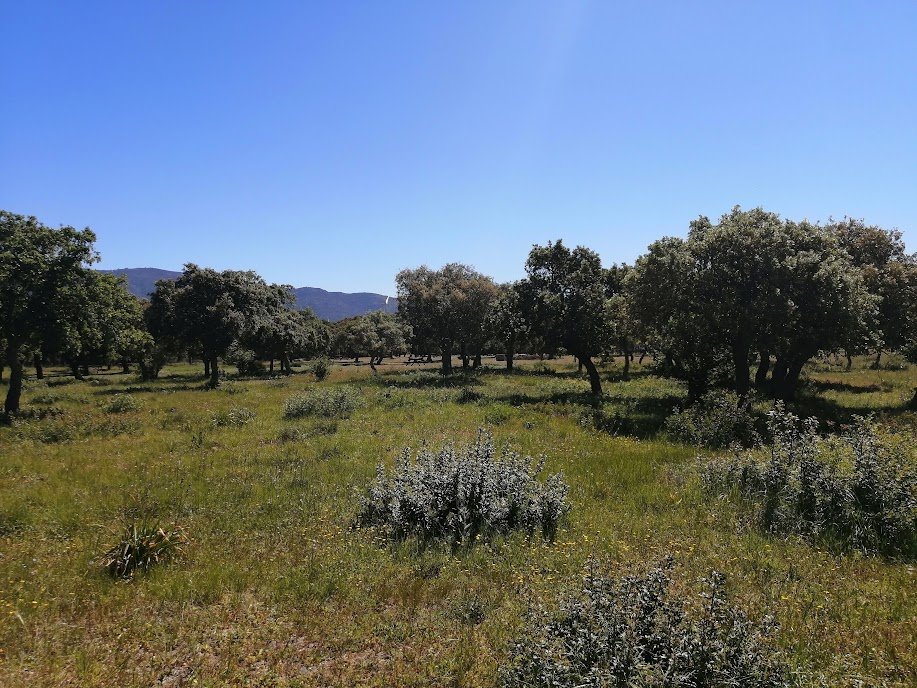
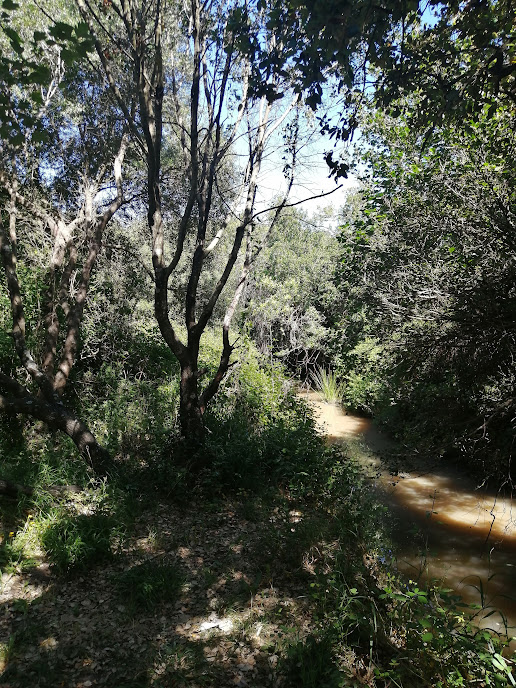
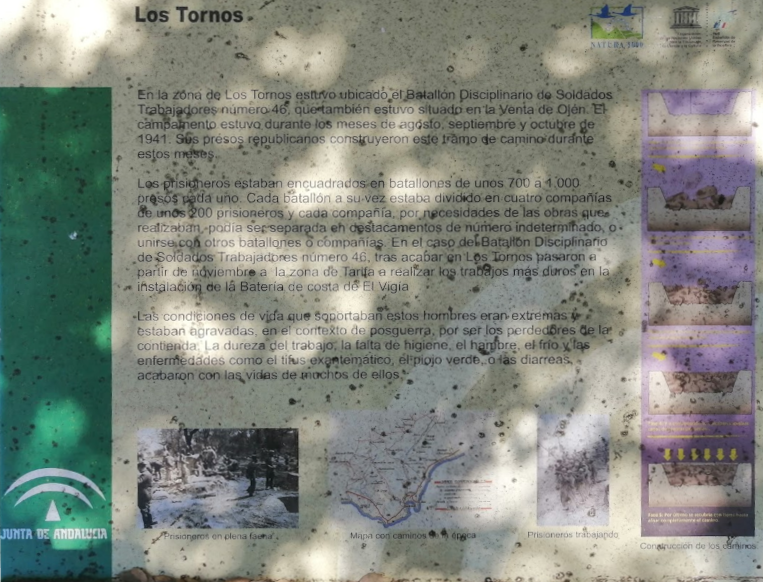
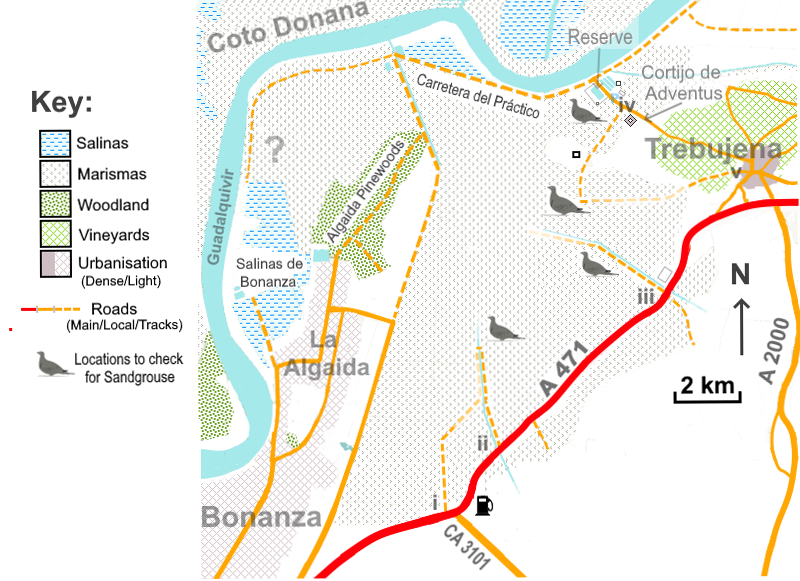
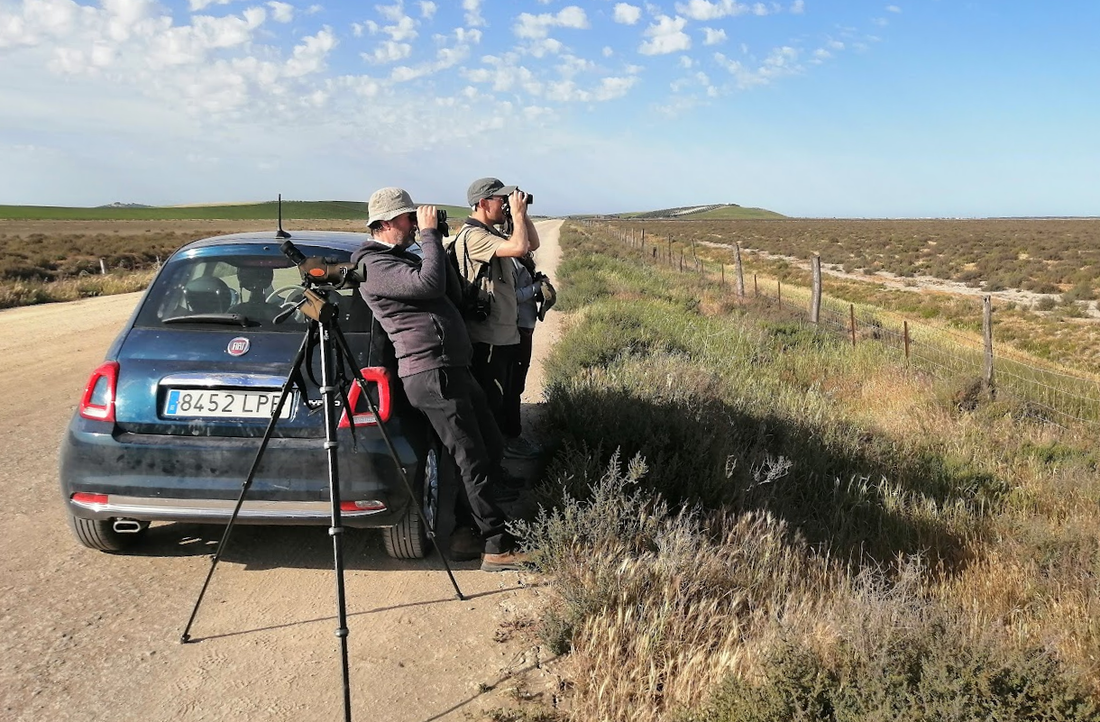
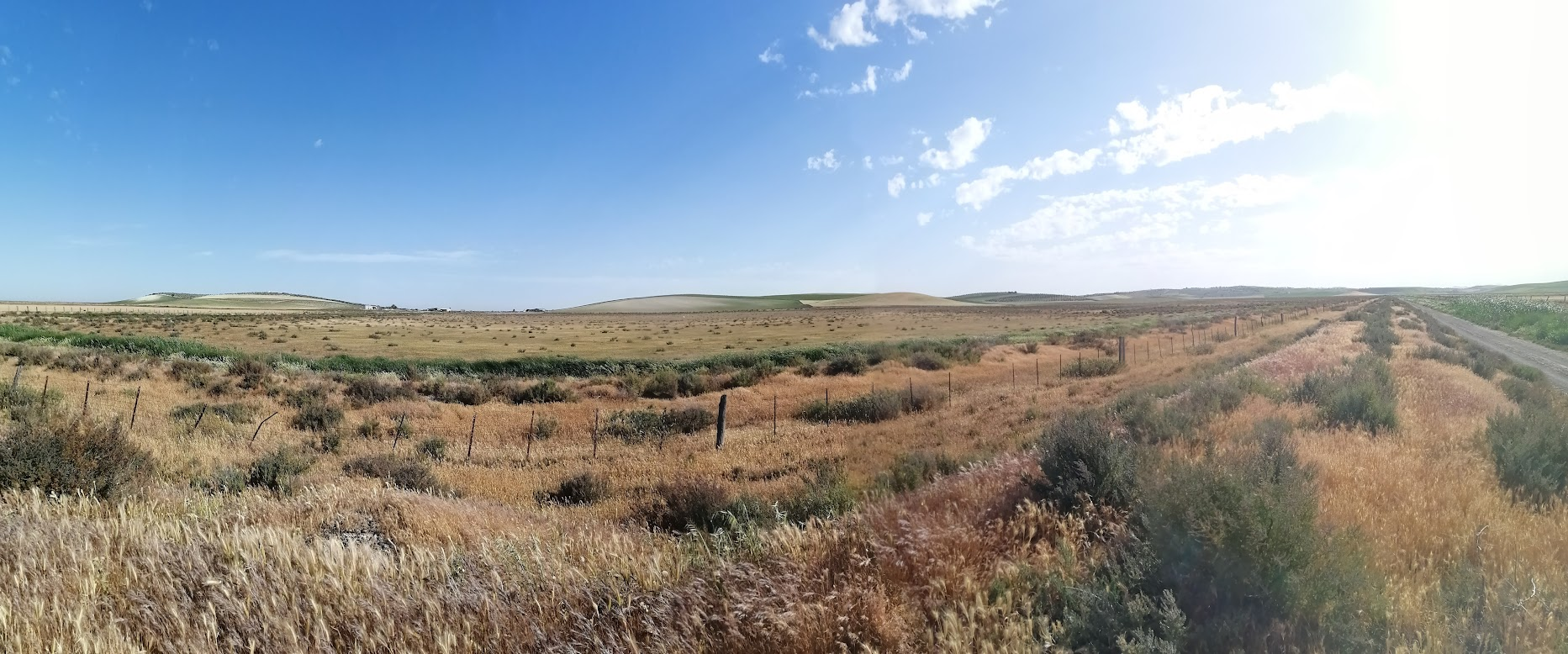
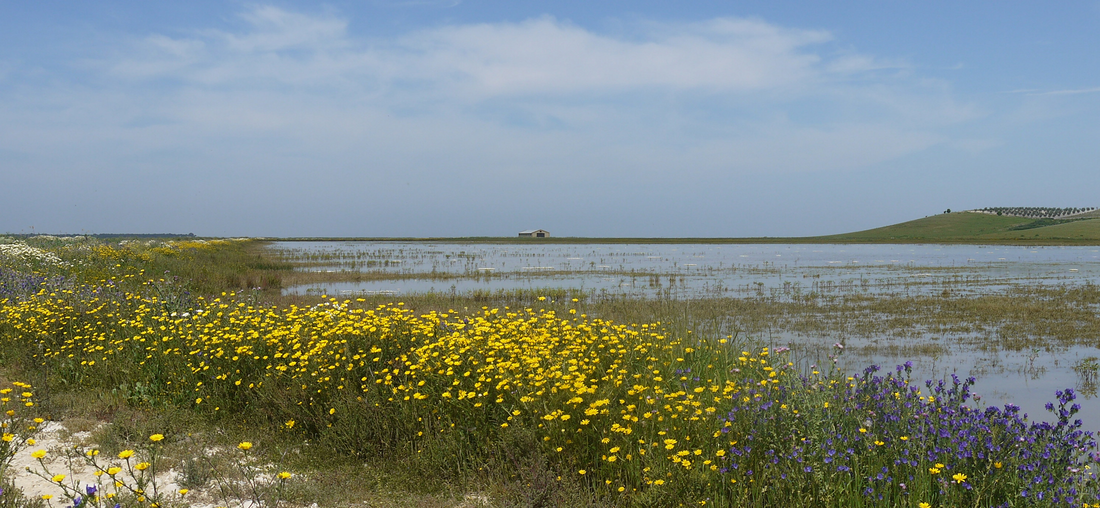
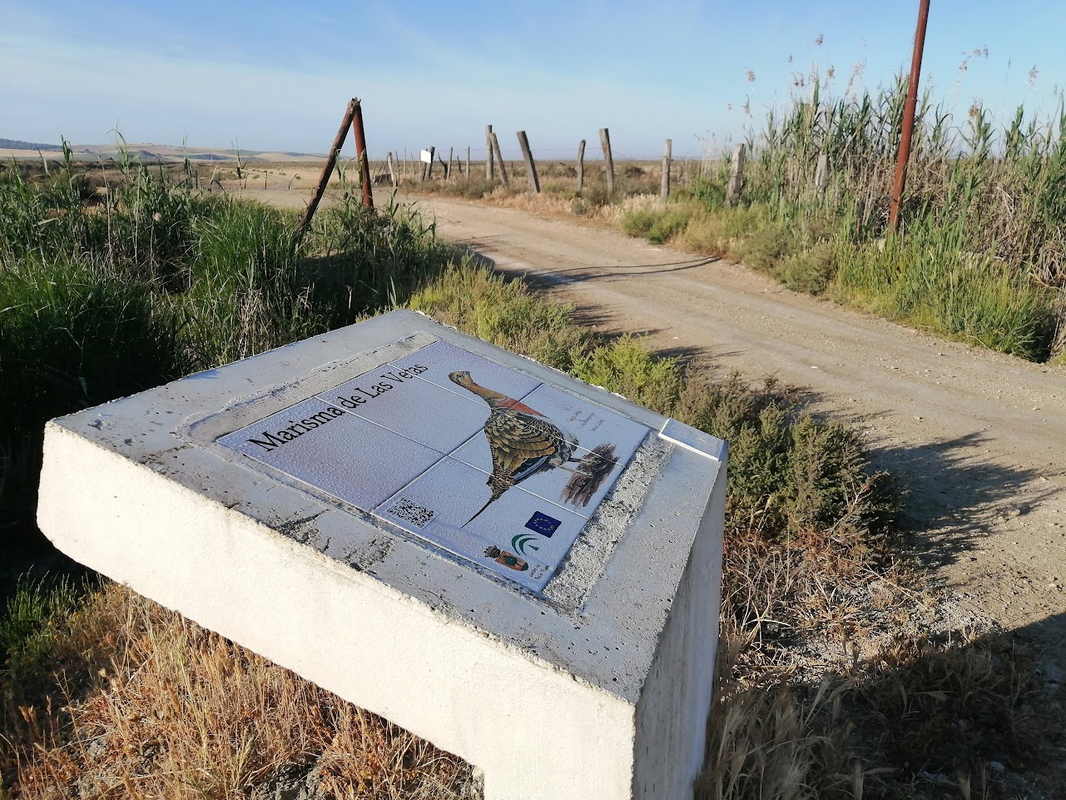

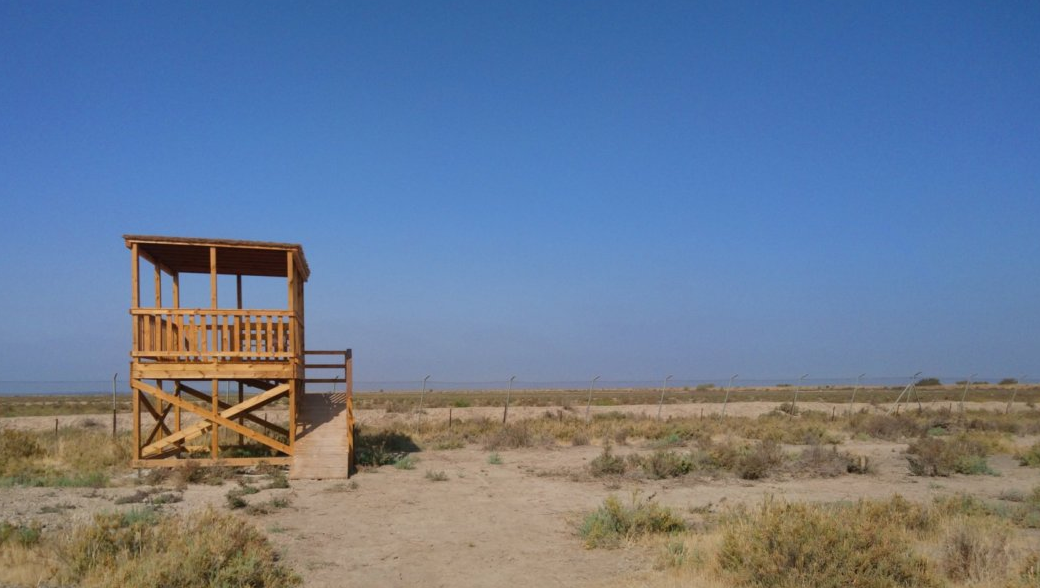
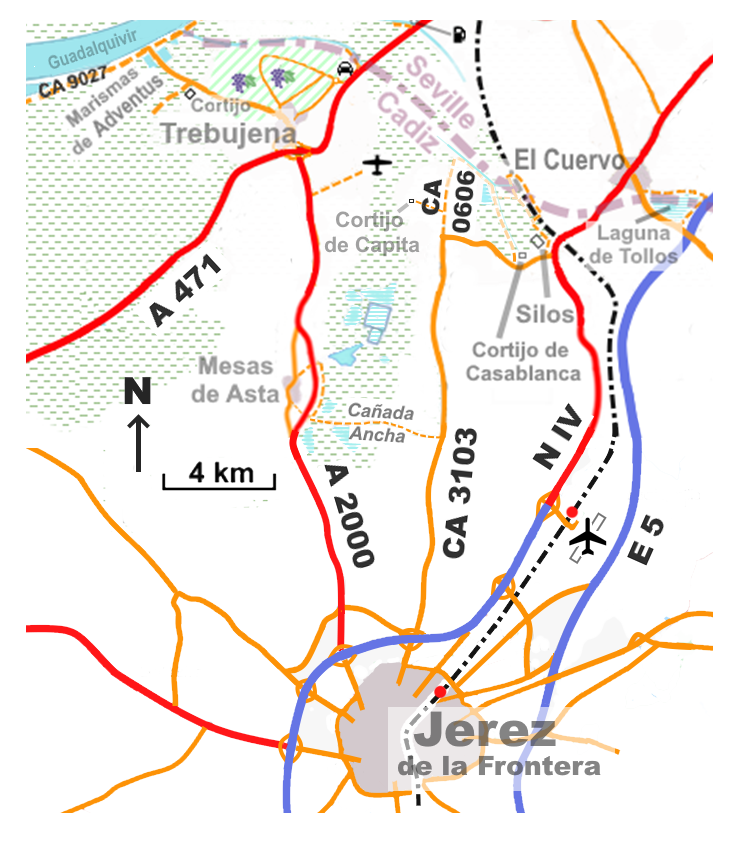
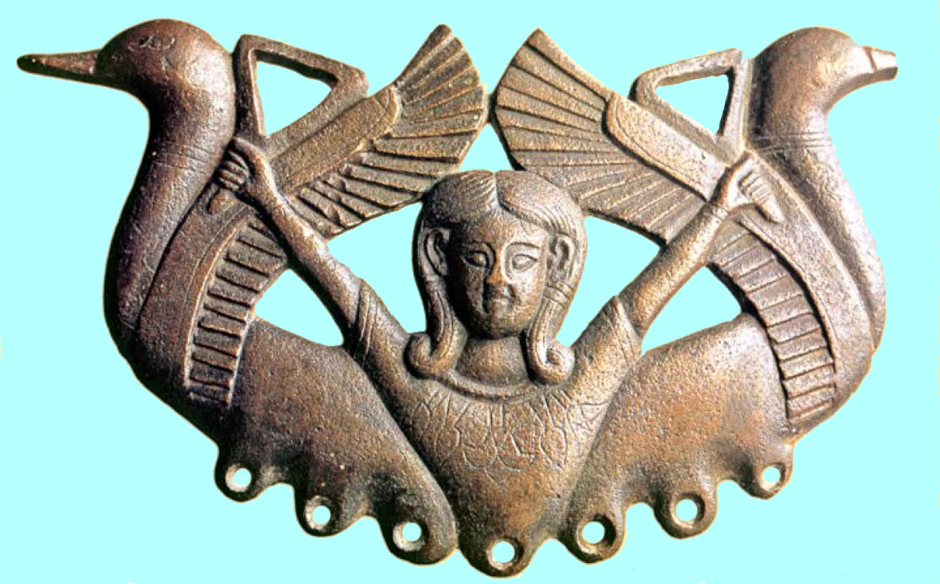
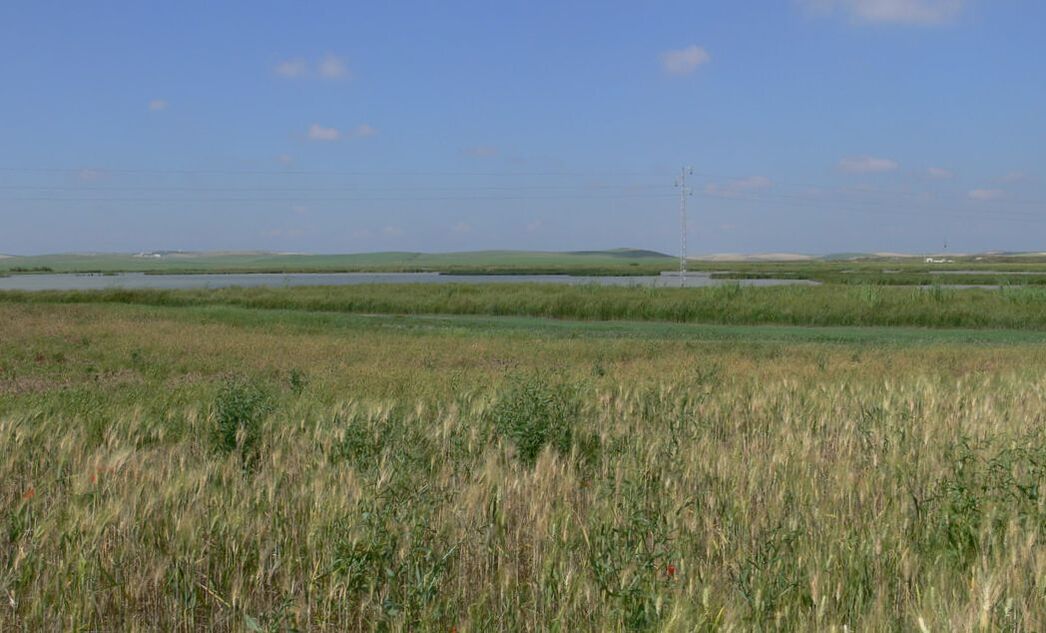
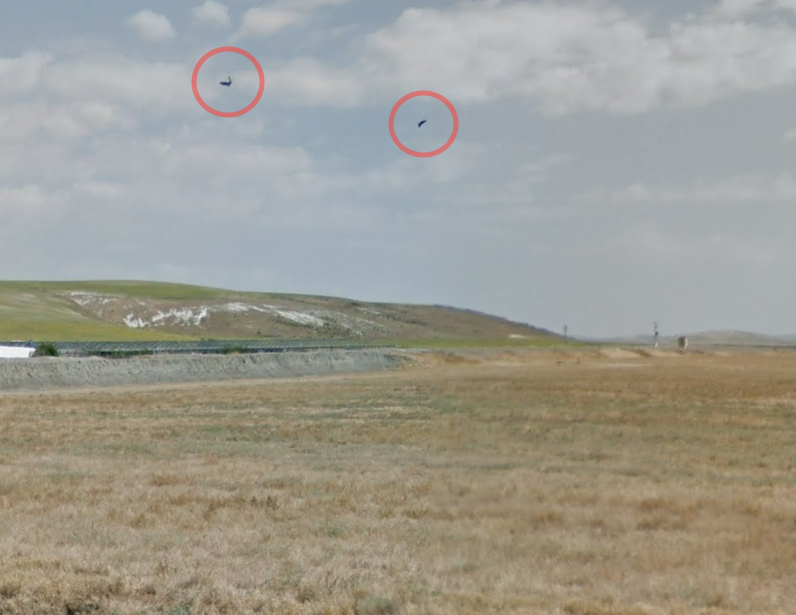
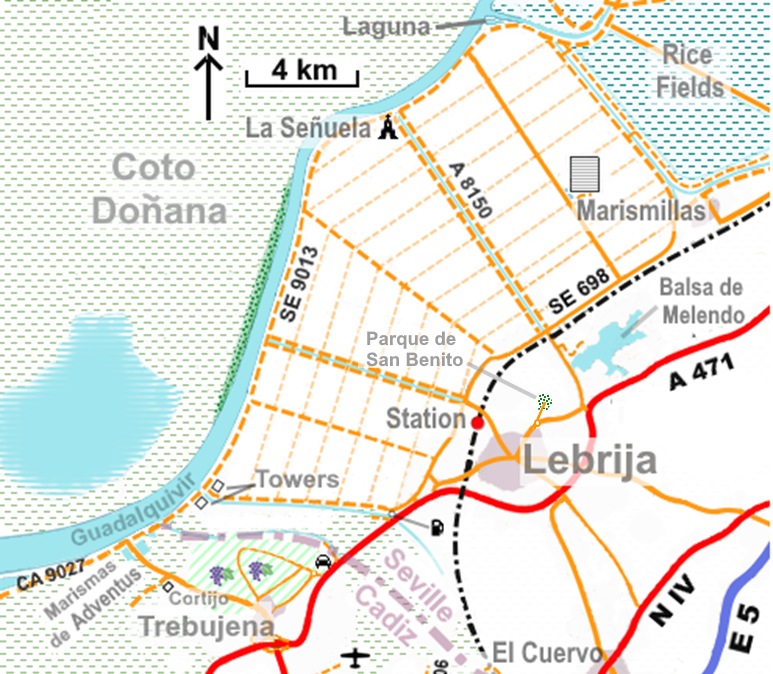
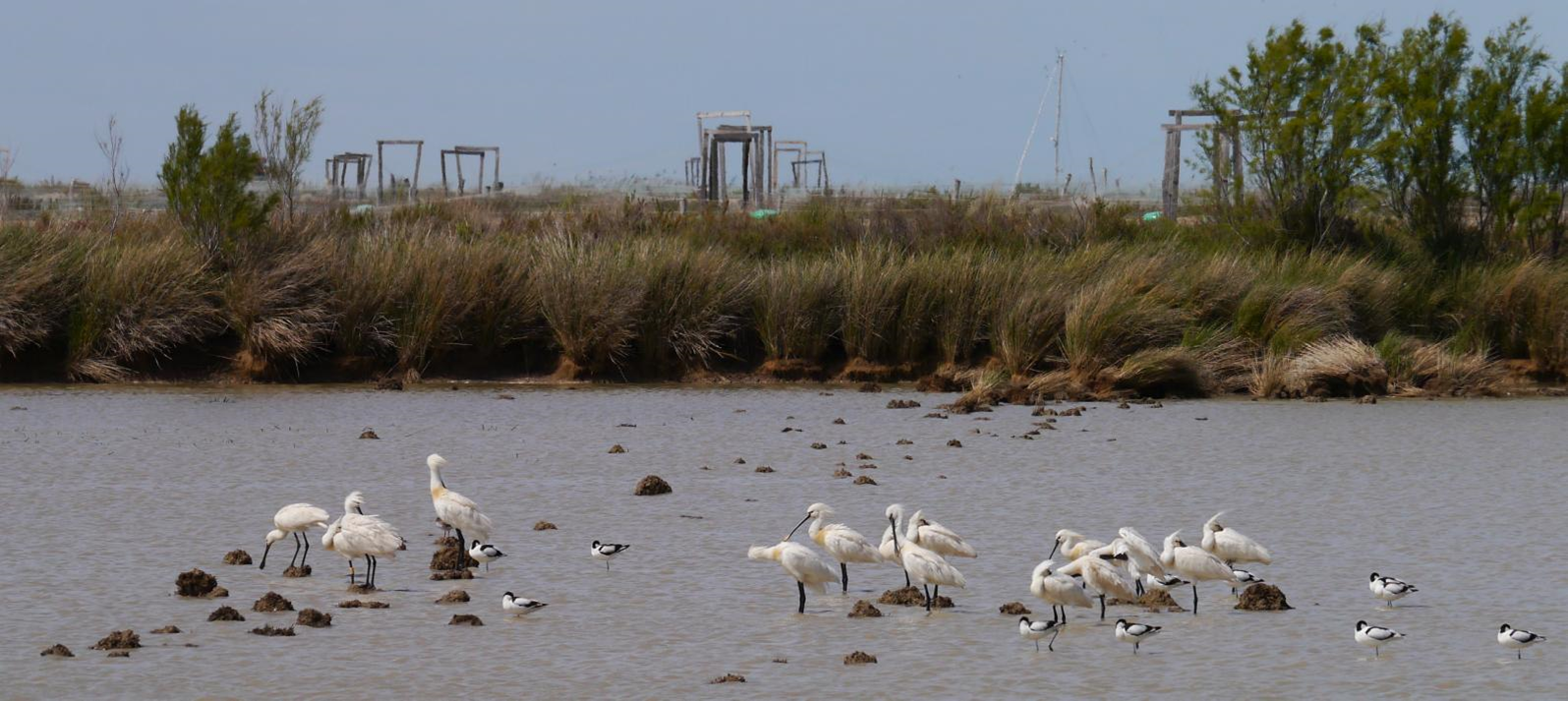
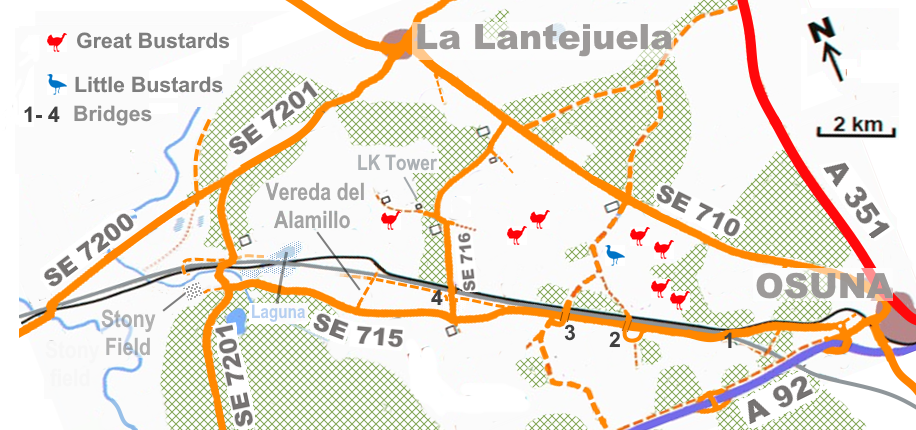
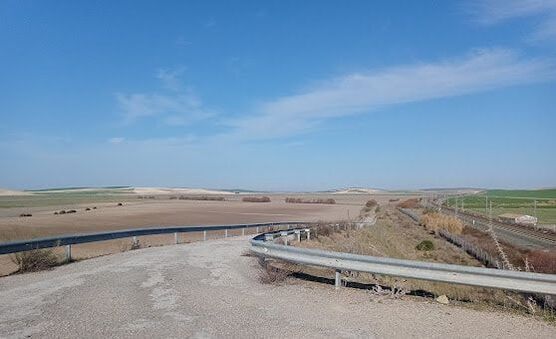
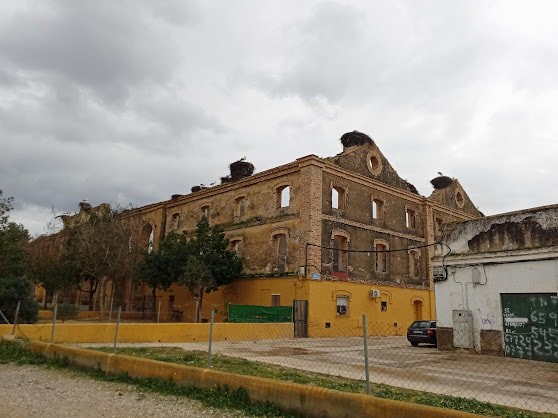
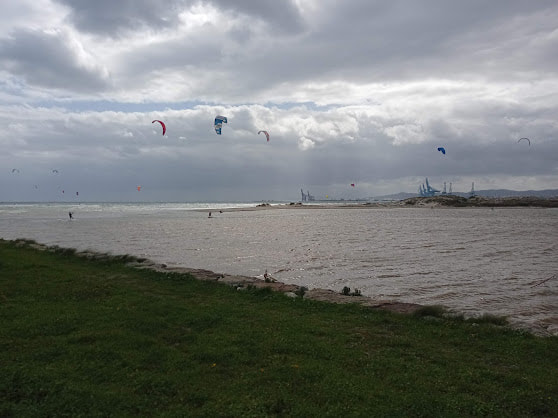
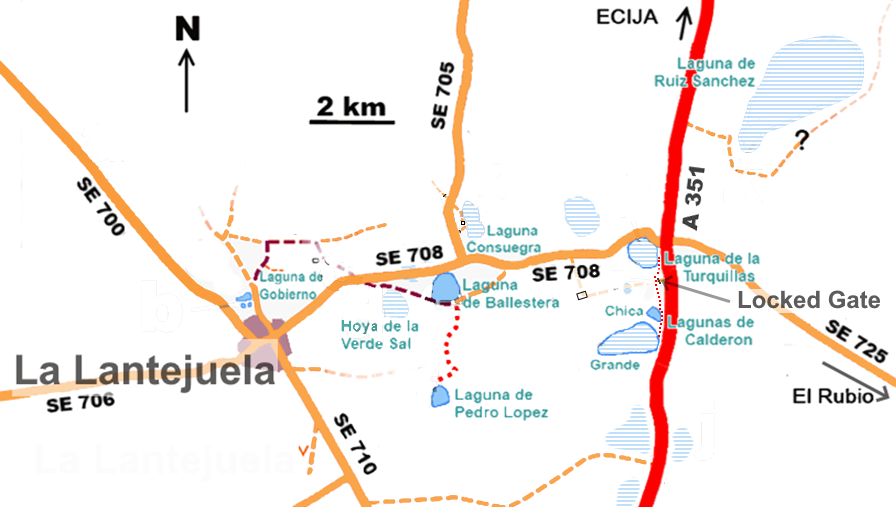
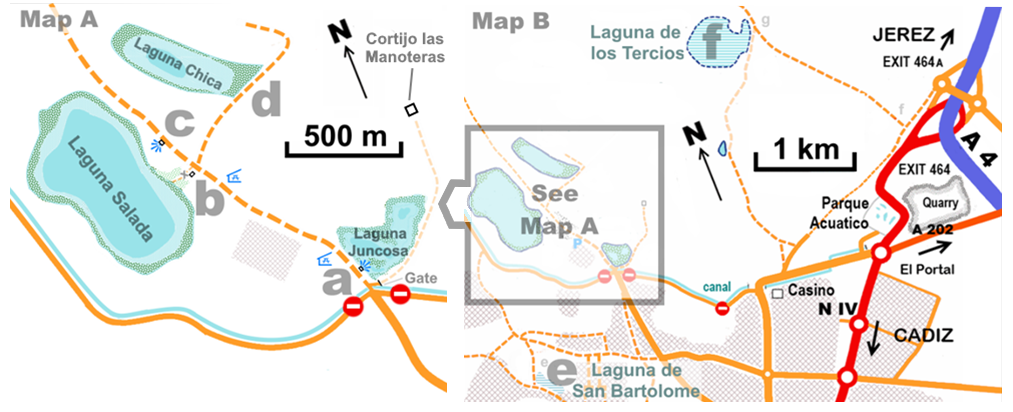
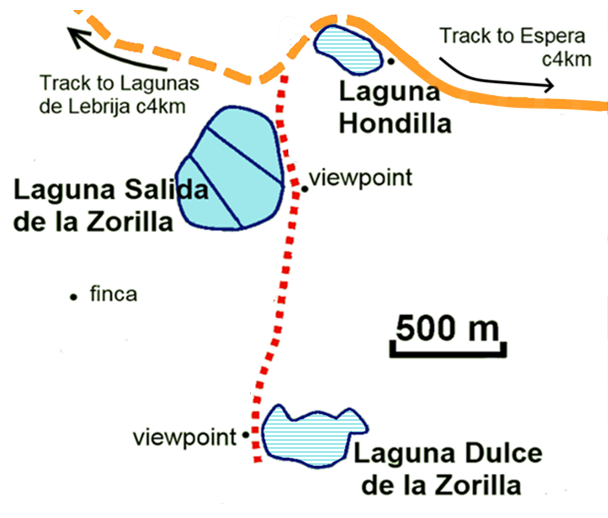
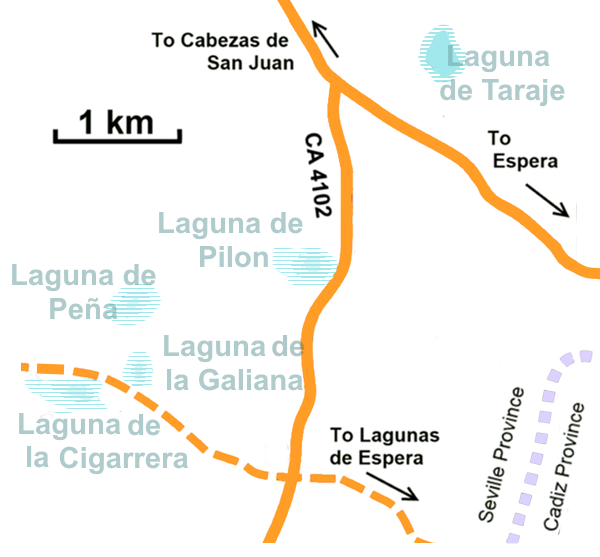
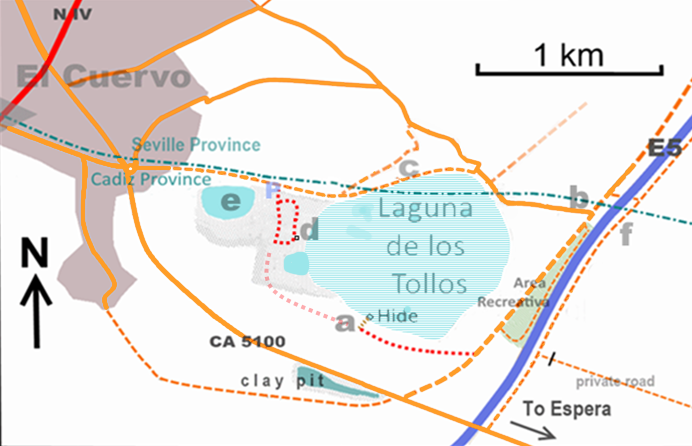
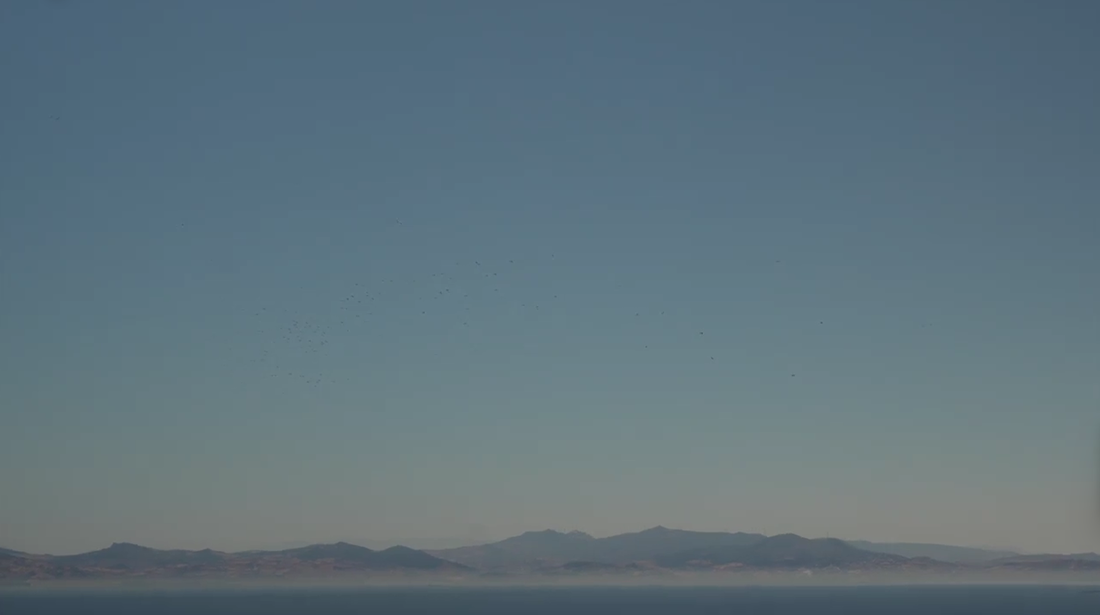
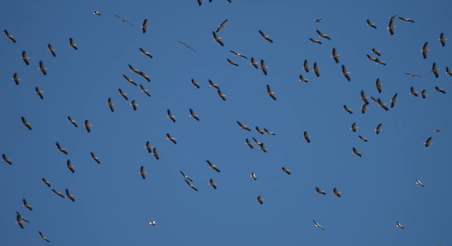
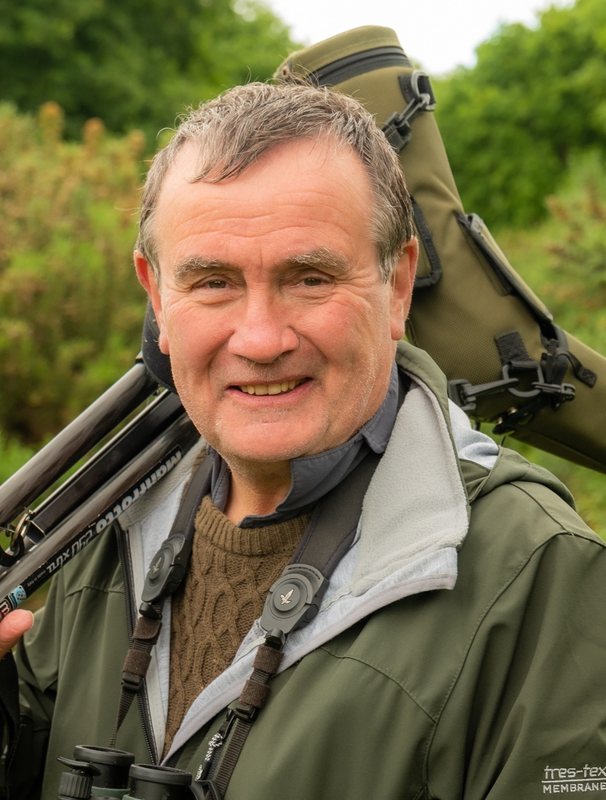
 RSS Feed
RSS Feed
